Founded in 1959, the Venus de Milo is an iconic restaurant and banquet facility located in Swansea, Massachusetts. For decades, it has been a venue for countless weddings, Christmas parties and other celebrations. My high school prom was held there, over 50 years ago! 😲
Venus de Milo Soup is a beloved New England tradition, and its popularity has endured over the decades. Copycat recipes abound for this easy to prepare soup. My mother had one in her recipe box, and today it is all over the internet.

This post contains affiliate links.
Although it is made with common pantry ingredients, a couple of challenges came up as I started with the original recipe. Two of the ingredients contained gluten, and I needed to find substitutions.

First, a packet of Lipton Onion Soup Mix. Back in the day, this was a go-to ingredient for so many recipes! When I was first diagnosed with Celiac Disease, I could not find a gluten free replacement, so I made my own mix. Now, just a few years later how things have changed! A quick web search turns up more than a few alternatives. Go ahead and add one to your shopping list or do what I did. Stir together this easy blend that contains no flour or added salt!

Next, the original soup was made with Orzo pasta. I wanted a gluten free soup pasta that looked like orzo, but again, when I first posted this recipe, I could not find a gluten free substitute. Now, just a few years later I was able to order this gluten free orzo from Delallo made from corn and rice flour. I also spotted this gluten free orzo from Jovial, made with cassava flour. Or you can try my original choice for this recipe, RightRice. It was brand new on the shelves in 2019 and has since become a part of my gluten free pantry.
Once I had gathered my ingredients, this soup came together in about 45 minutes. Like any soup, it is better and thicker the next day. You will enjoy several meals from this pot of soup, and a few great memories if you have had the pleasure of dining at the Venus de Milo!
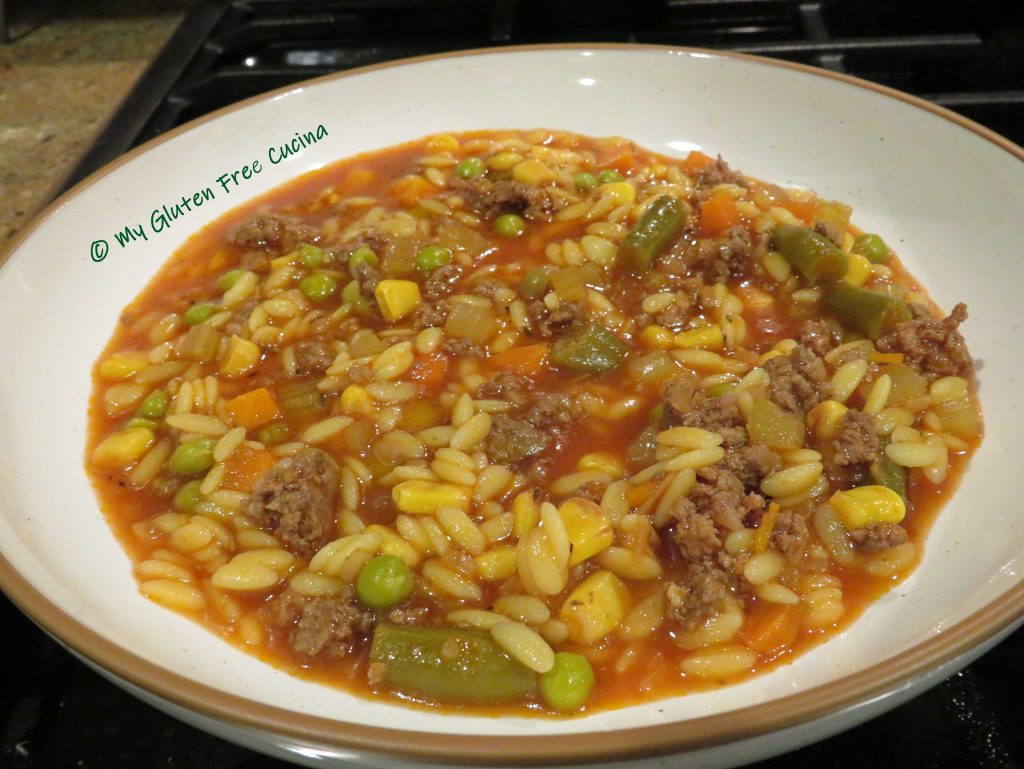
Ingredients:
———————————————-
- 1 tbsp. olive oil
- 1 lb. lean ground beef
- 2 celery stalks, diced
- salt and pepper to taste
- 14.5 oz. canned tomatoes (whole, diced, crushed, sauce… use what you have)
- 1 tsp. sugar
- 16 oz. bag frozen mixed vegetables (peas, carrots, corn and green beans)
- 12 oz. beef stock
- 2 cups beef or chicken broth (or use water)
- 1 cup (uncooked) gluten free orzo pasta
- 1 ladle of reserved pasta water
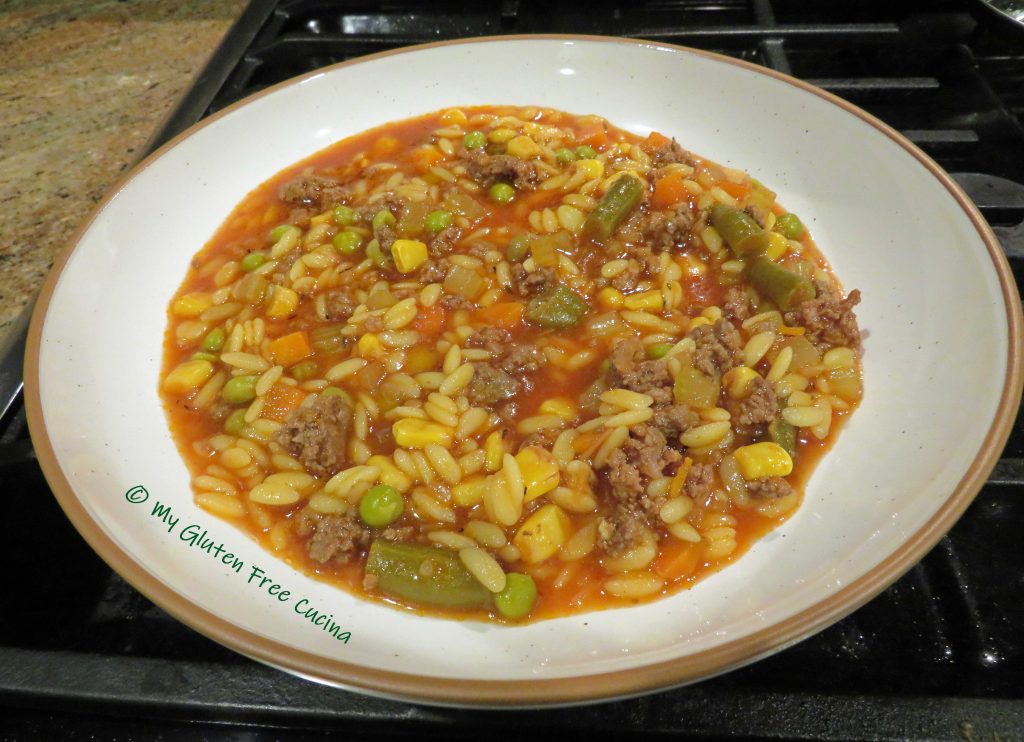
Preparation:
Stir together the first 7 ingredients for the onion soup mix replacement (or use a purchased mix).

In a 4 qt. soup pot or Dutch oven, brown the meat in 1 tbsp. olive oil, breaking it up with a spatula. Season with salt and pepper. Continue until the meat is completely browned, then stir in the onion soup mixture.

Add the celery, tomatoes and the mixed vegetables (it’s ok to throw them in frozen).

Next add the stock and all of the broth. This recipe is very forgiving. You can use all broth, or all water if you wish for a total of 3-1/2 cups liquid. Bring to a boil then reduce heat to a low simmer. Cover and cook for 30 minutes.

Next cook the pasta in lightly salted water. I do not recommend adding the dry pasta directly into the soup. Here’s why.
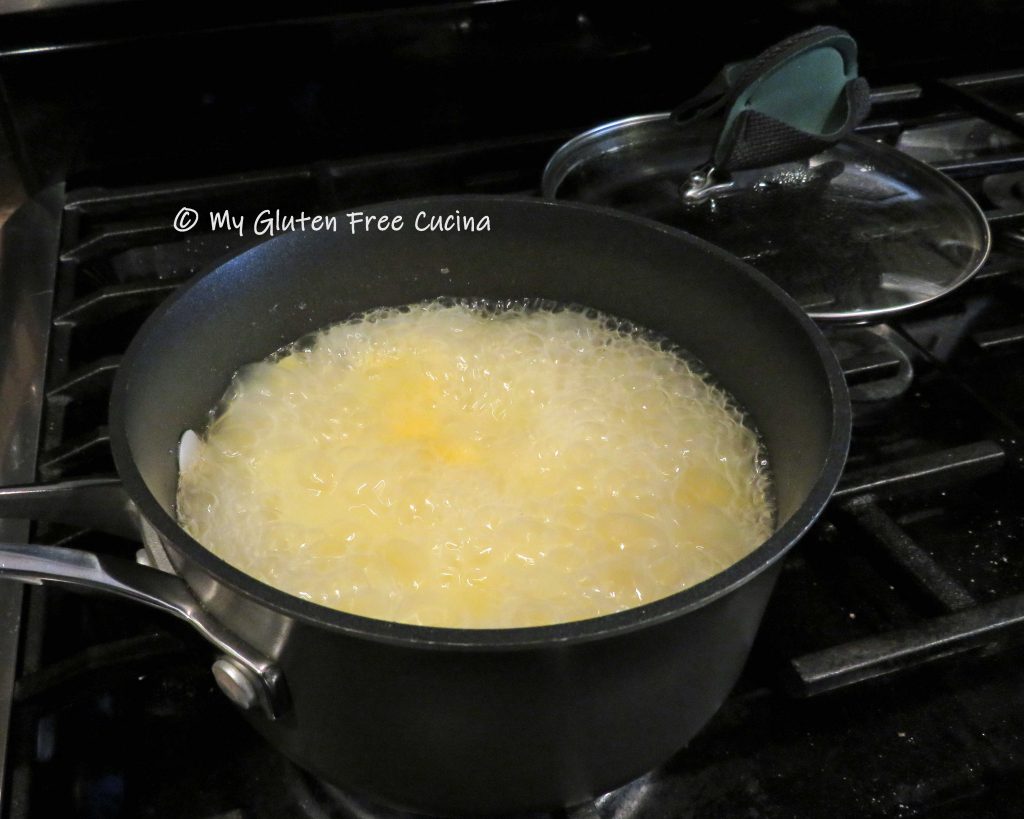
Some gluten free pastas, especially those made with corn flour will release a huge amount of starch into the water when cooked, and it can be a gummy mess. Don’t worry though, it’s delicious! Just cook the pasta separately and rinse it under warm water before adding to the soup.

If the soup needs thickening, you can reserve a bit of that starchy water and add it to the pot. Stir it up and do a final taste, adding more salt or pepper as needed.

Let it sit for 2 hours before mealtime (soup will thicken), then just warm it up before serving.
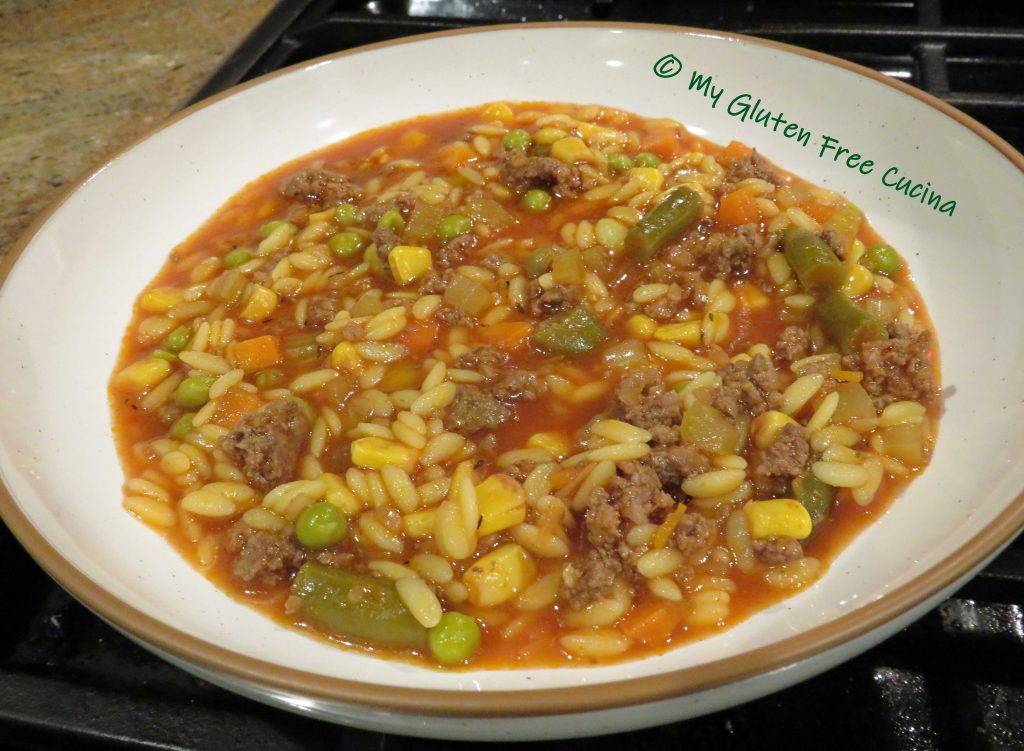
This hearty soup is a meal in itself. Perfect for cold winter nights, serve with grated cheese and a few slices of crusty gluten free bread.
Notes: ♪♫ Soups are notorious for containing high levels of salt. If you are a low sodium household, always start your recipes with ingredients that have no added salt. For example, choose unsalted broth, tomatoes, and bouillon. It’s easy to add a little sea salt in at the end to bring out the flavor.

Original post 3/04/2019 Updated 2/16/2022

 Print This Post
Print This Post
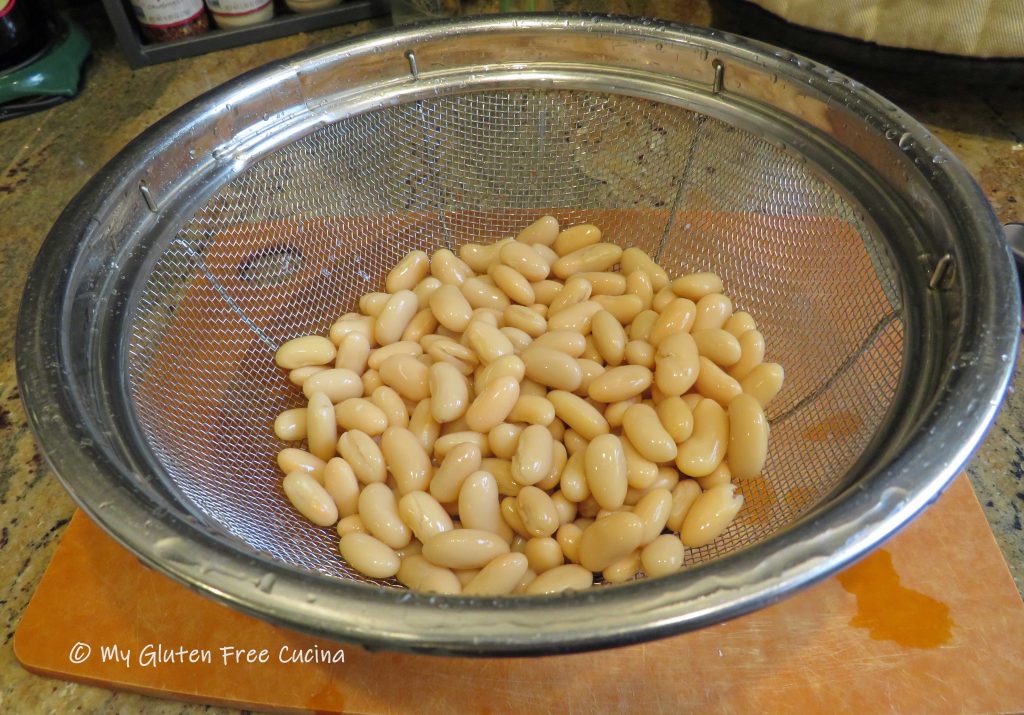

 Preparation:
Preparation:

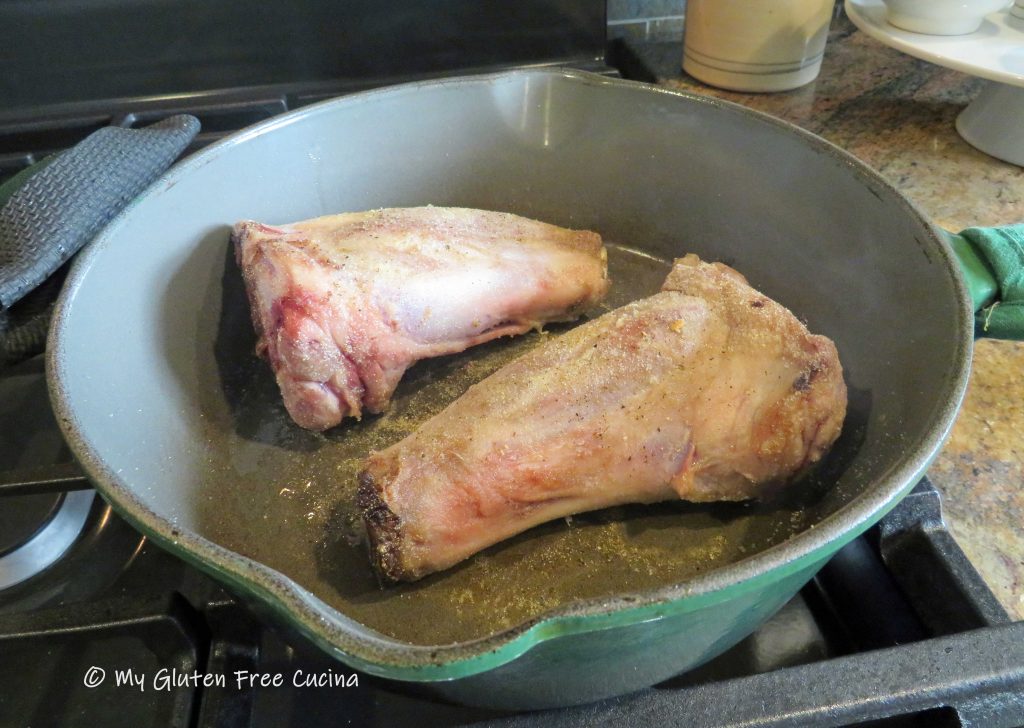

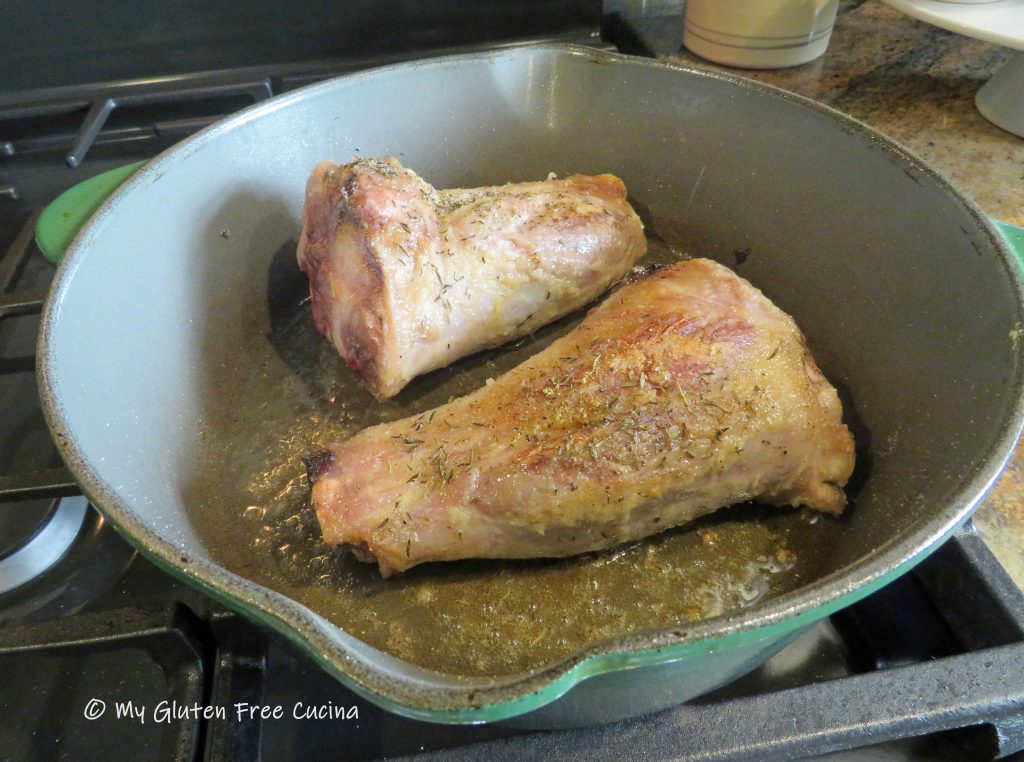 Add 1/2 cup chicken broth, along with the onions and the carrots.
Add 1/2 cup chicken broth, along with the onions and the carrots.
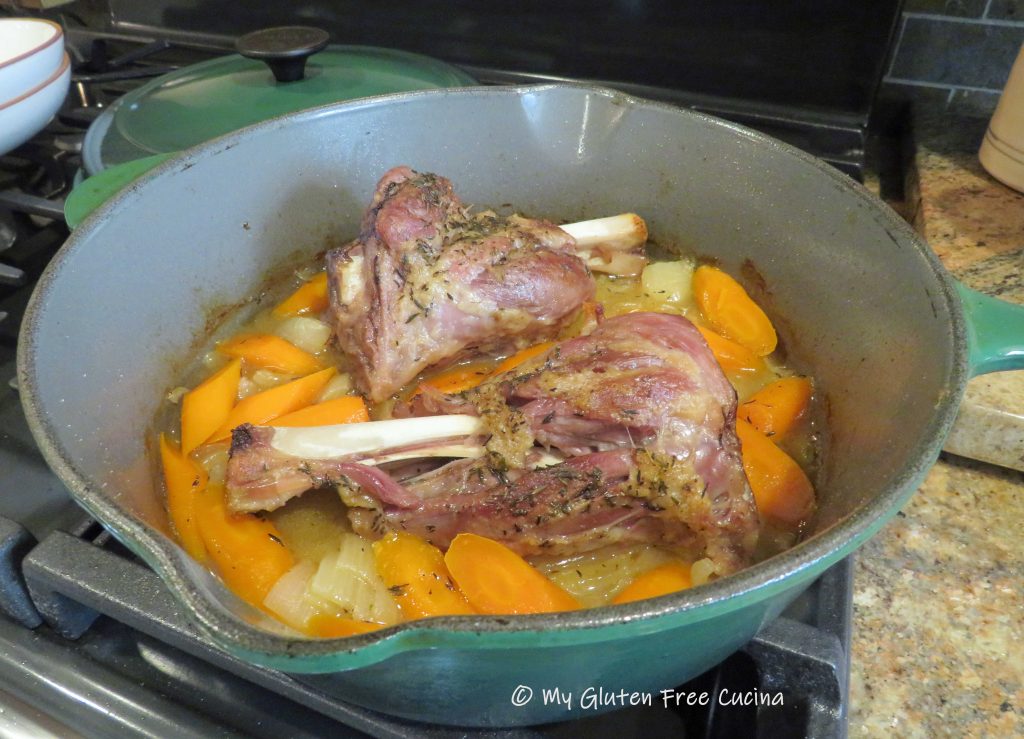







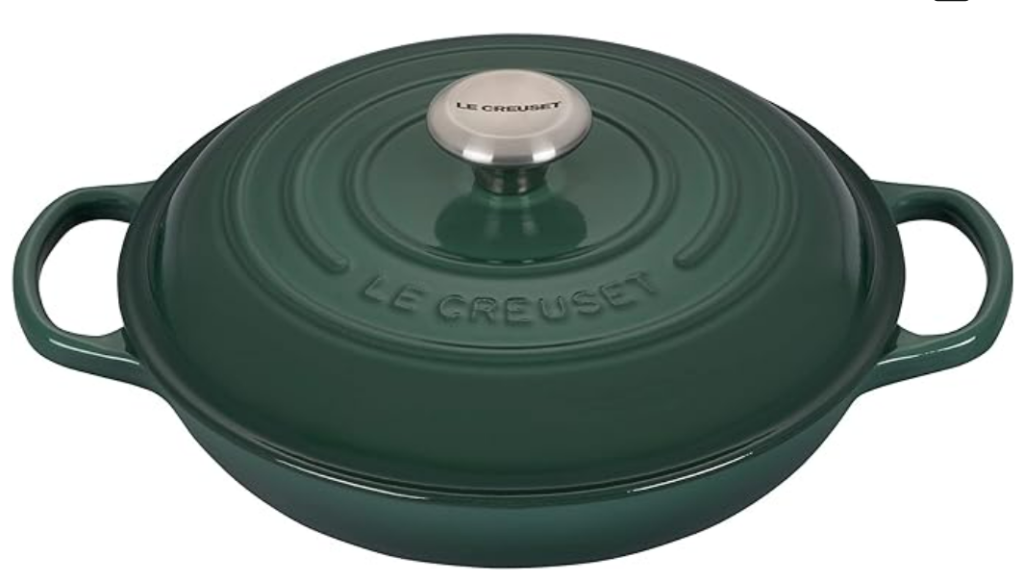

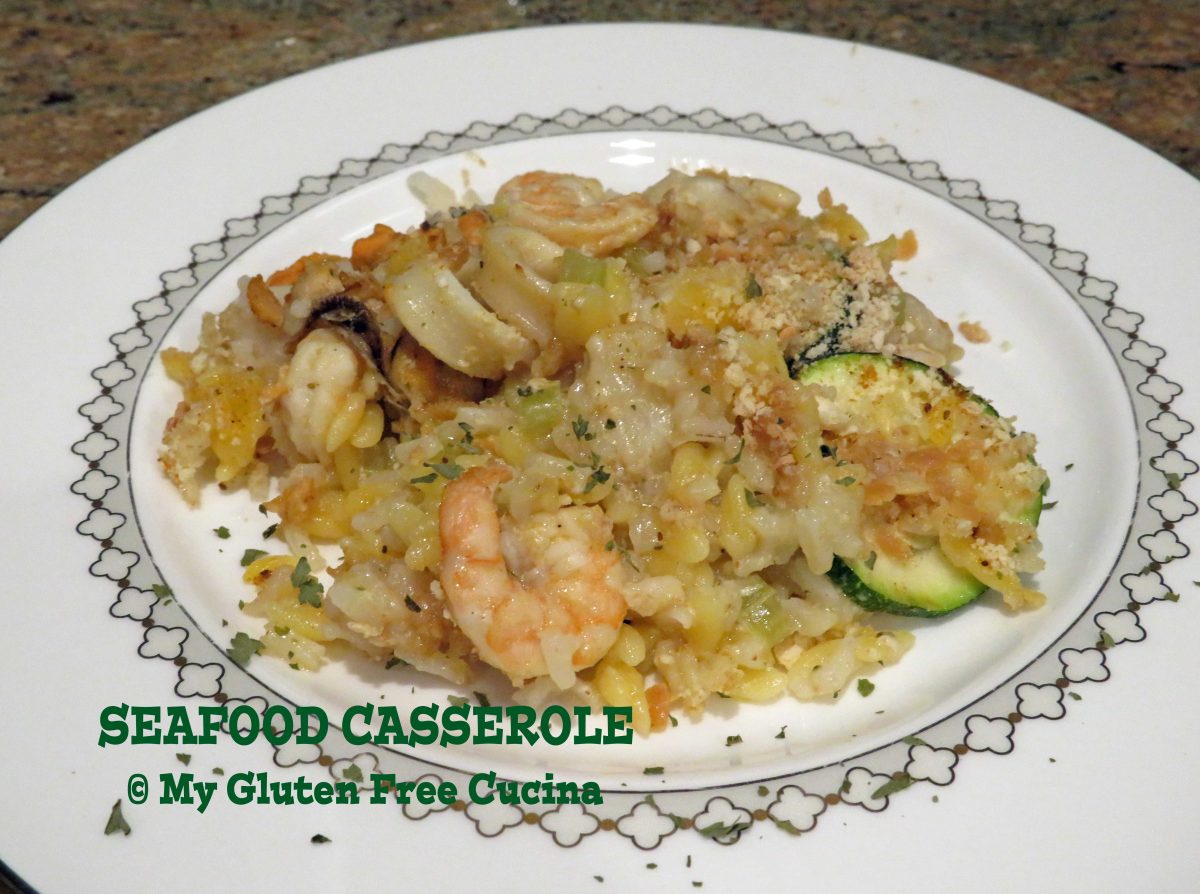


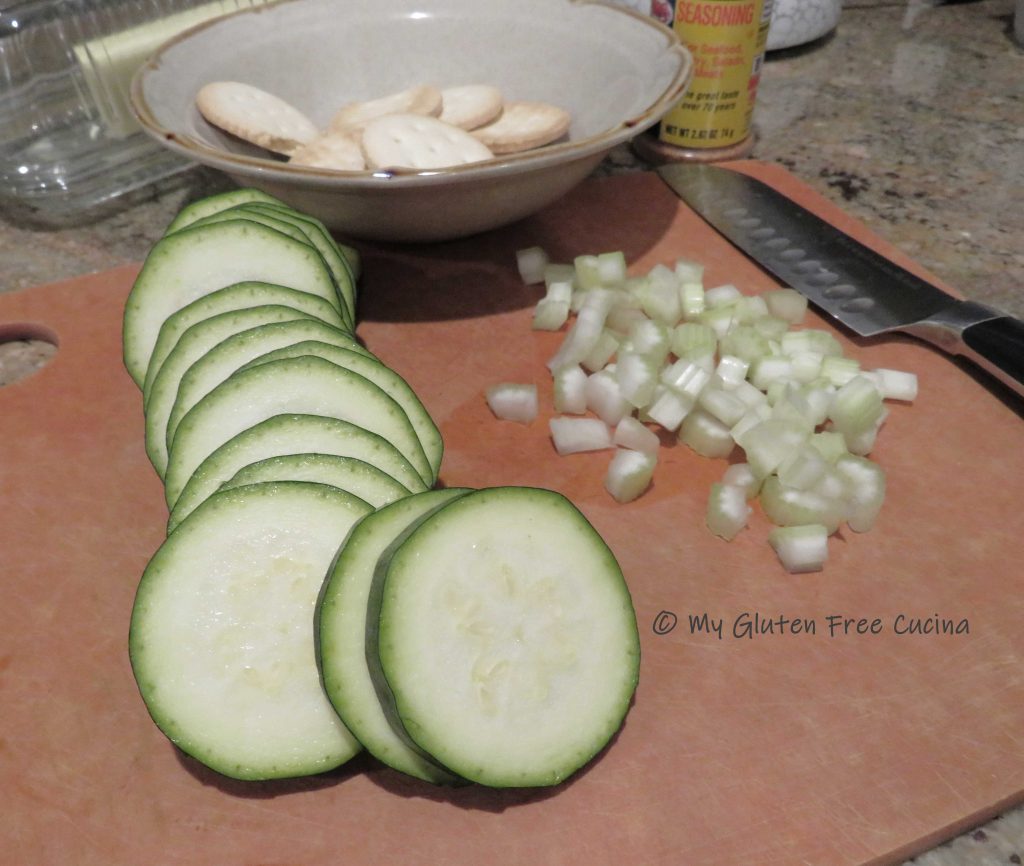


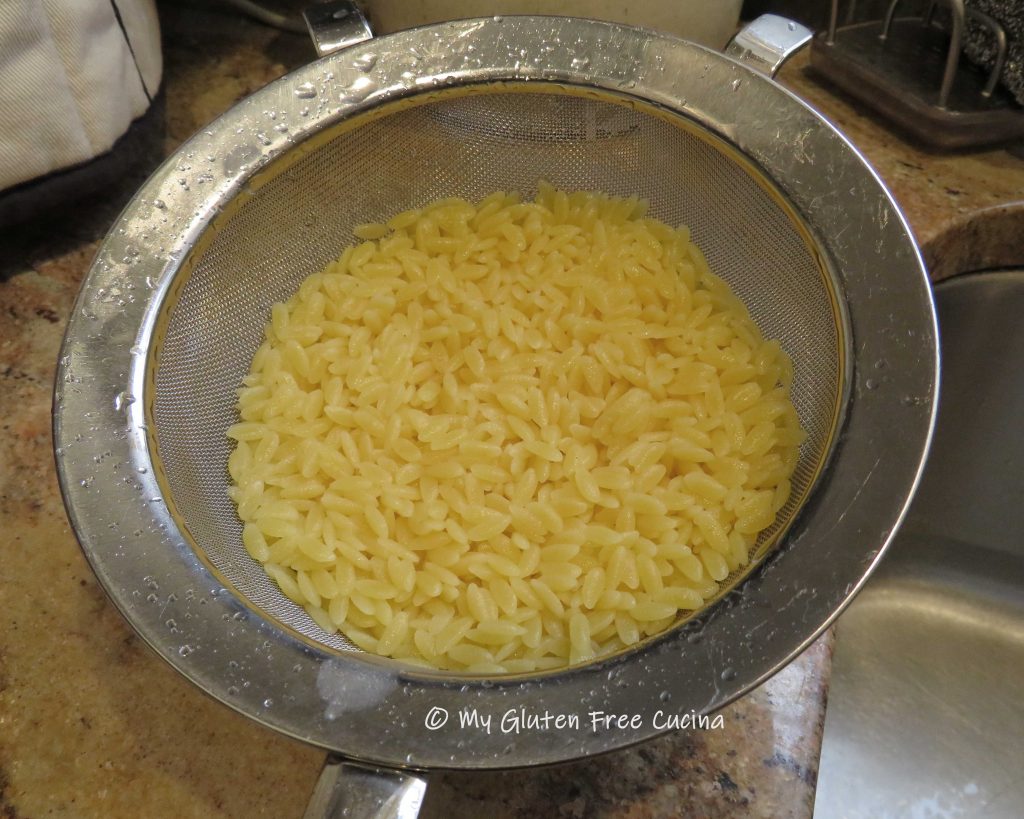

 Add the fish to the pan and season with Old Bay. Cook for 2 minutes. The fish does not have to be cooked through at this point, it will finish in the oven.
Add the fish to the pan and season with Old Bay. Cook for 2 minutes. The fish does not have to be cooked through at this point, it will finish in the oven.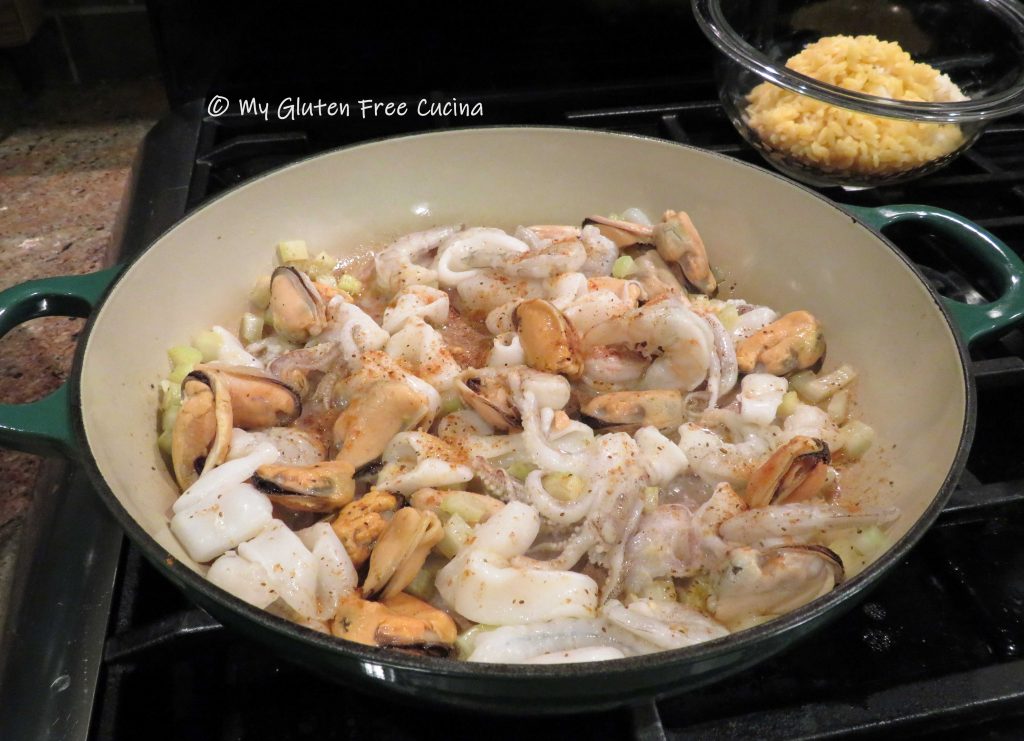

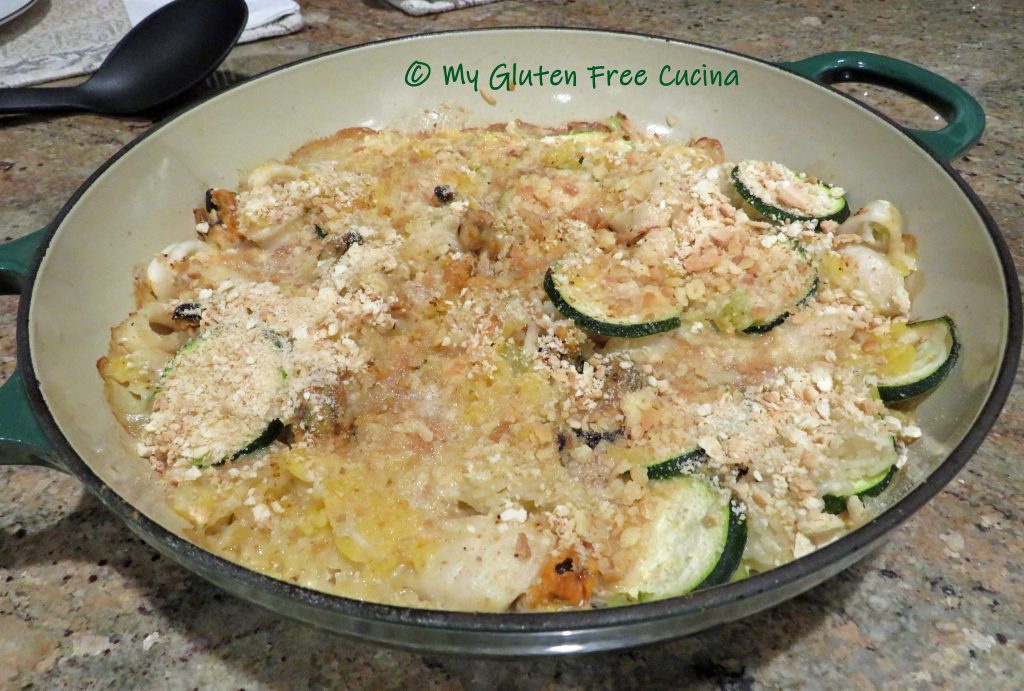

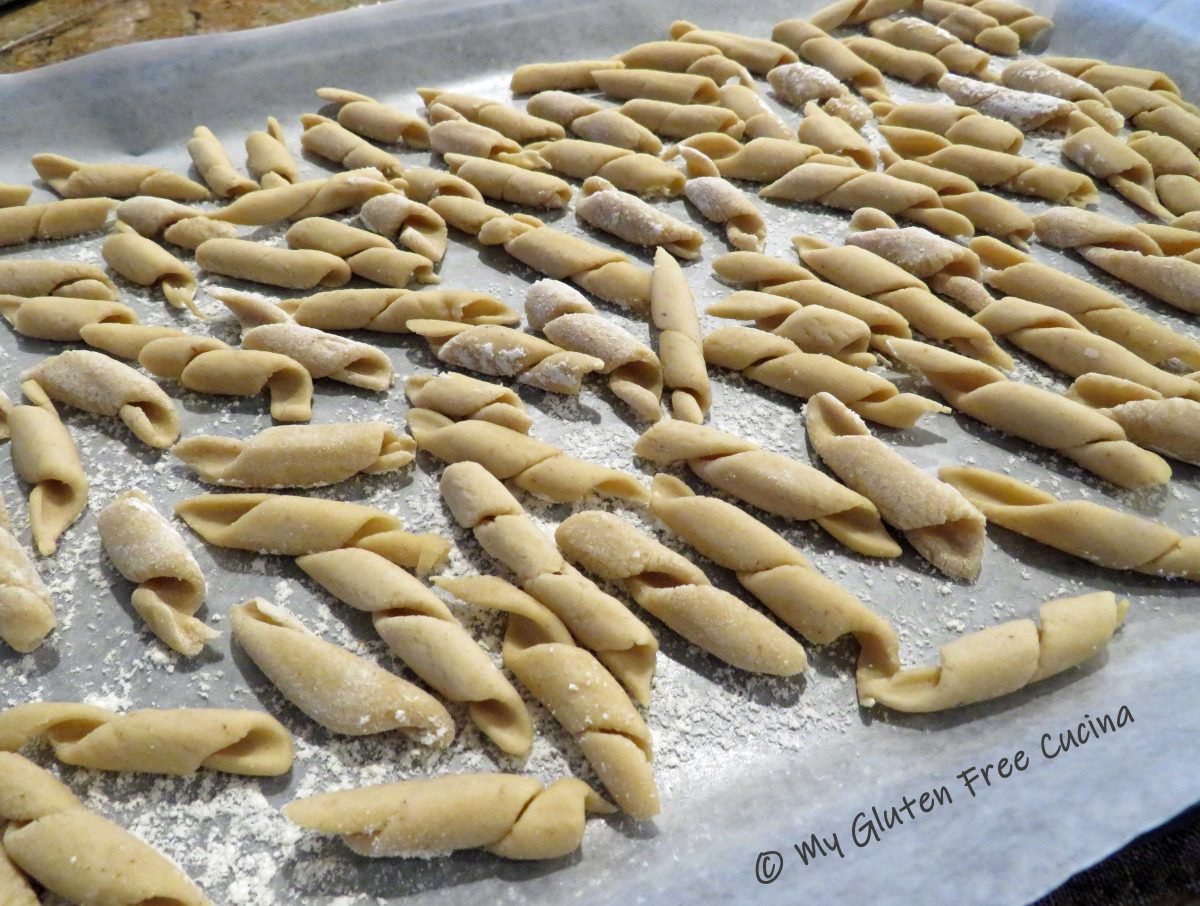
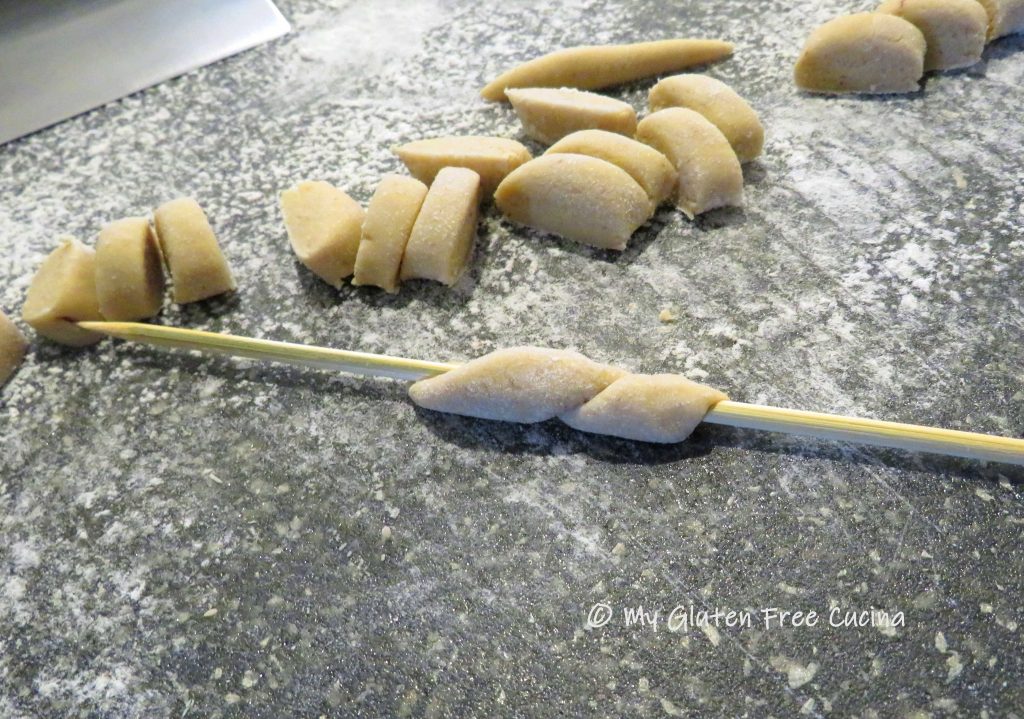
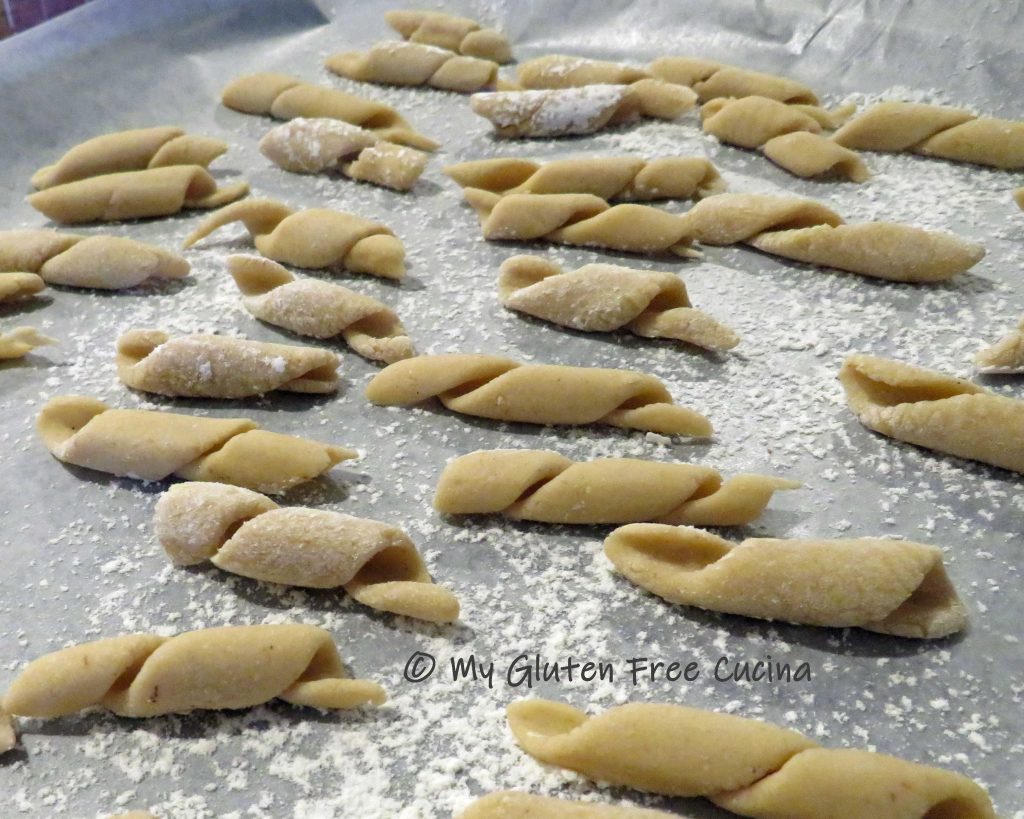
 Increase the speed and mix for 6-8 minutes until a smooth dough forms.
Increase the speed and mix for 6-8 minutes until a smooth dough forms.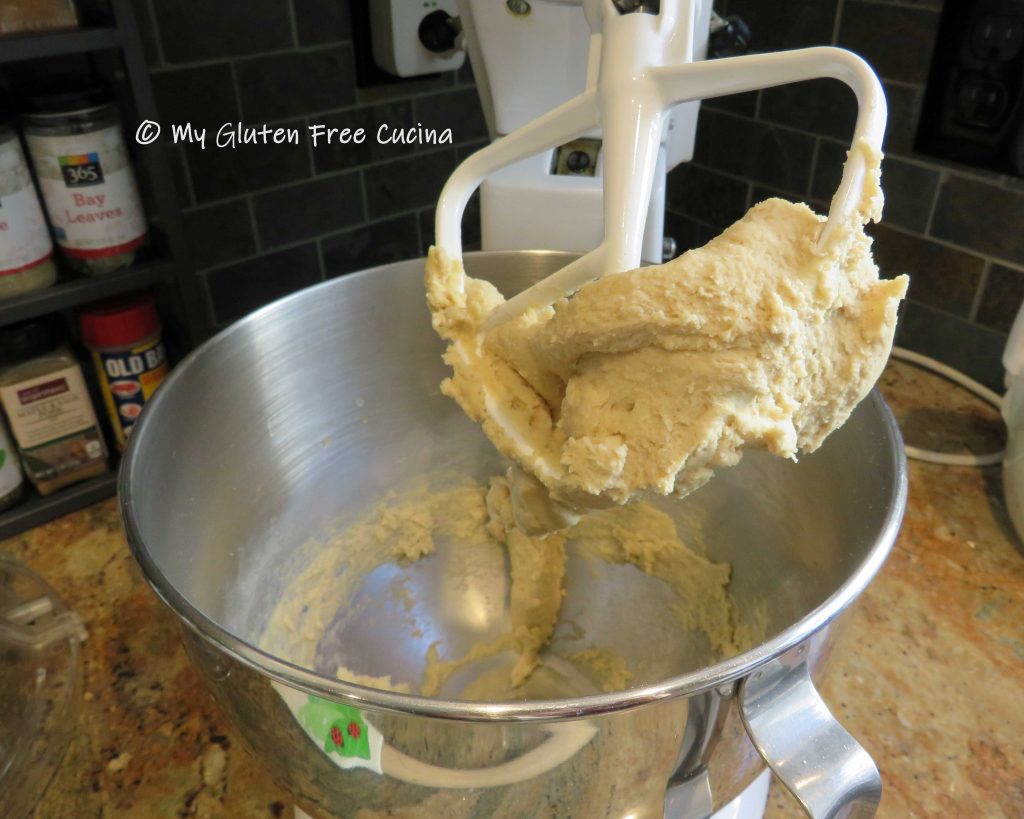 Press the dough into a ball, cover with plastic wrap and rest for 1 hour.
Press the dough into a ball, cover with plastic wrap and rest for 1 hour.


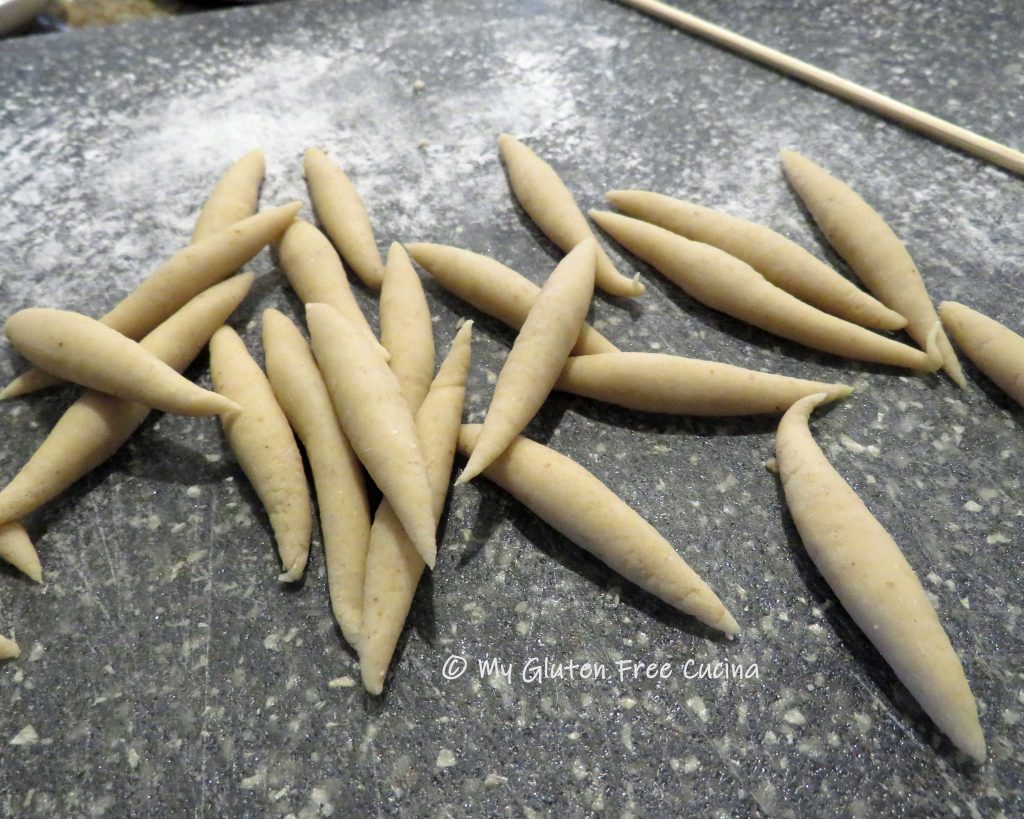
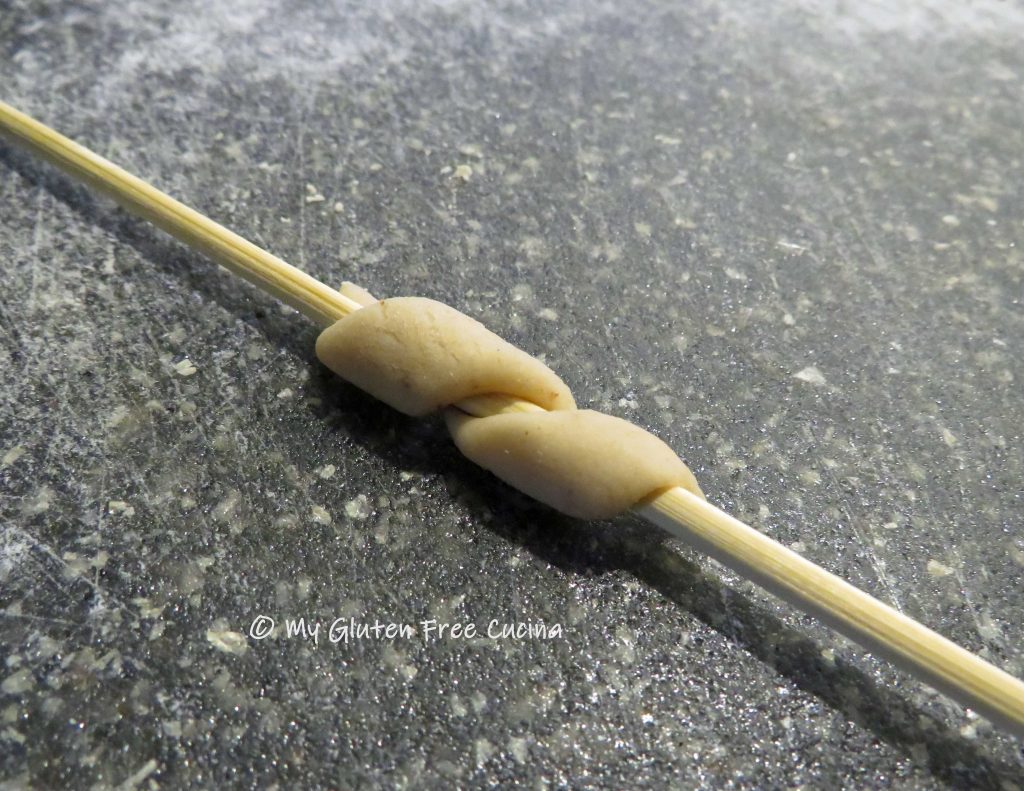
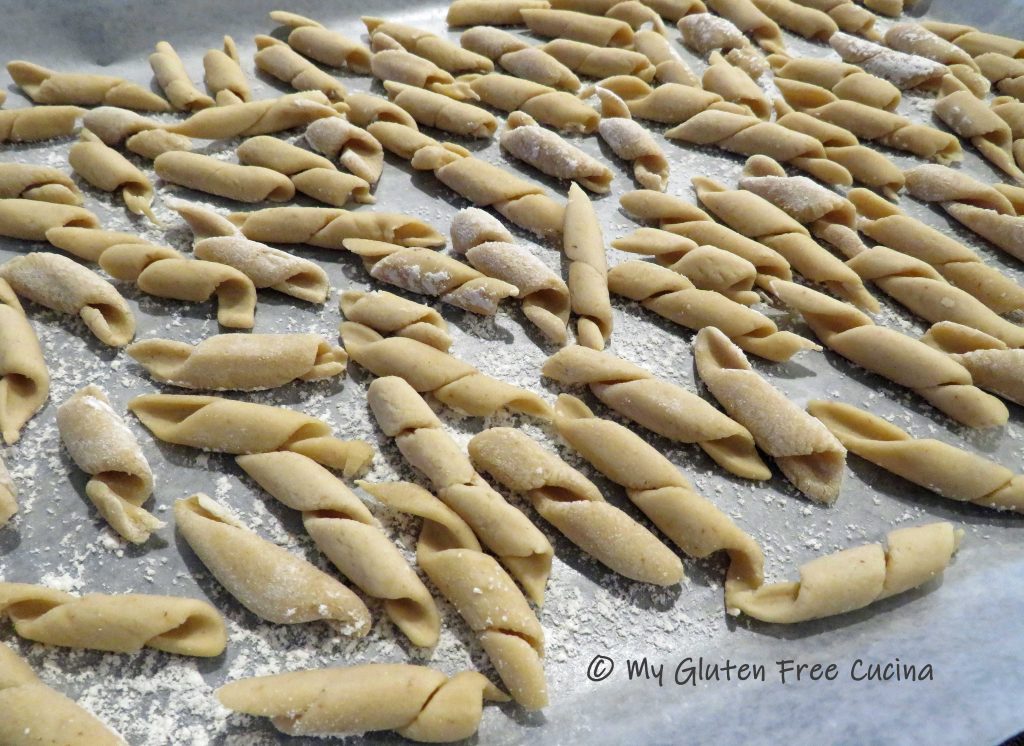
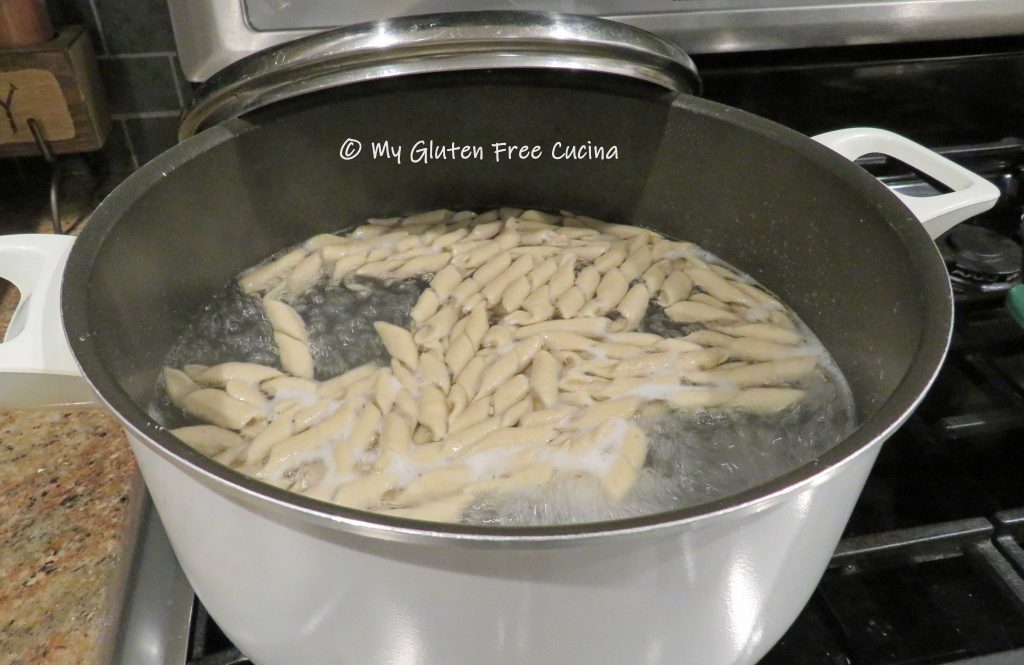







 Add the chicken pieces to the bag, and pour in the marinade.
Add the chicken pieces to the bag, and pour in the marinade. Tie the bag to ensure all pieces are covered in the milk mixture, and let it sit at room temperature 1 hour.
Tie the bag to ensure all pieces are covered in the milk mixture, and let it sit at room temperature 1 hour.




















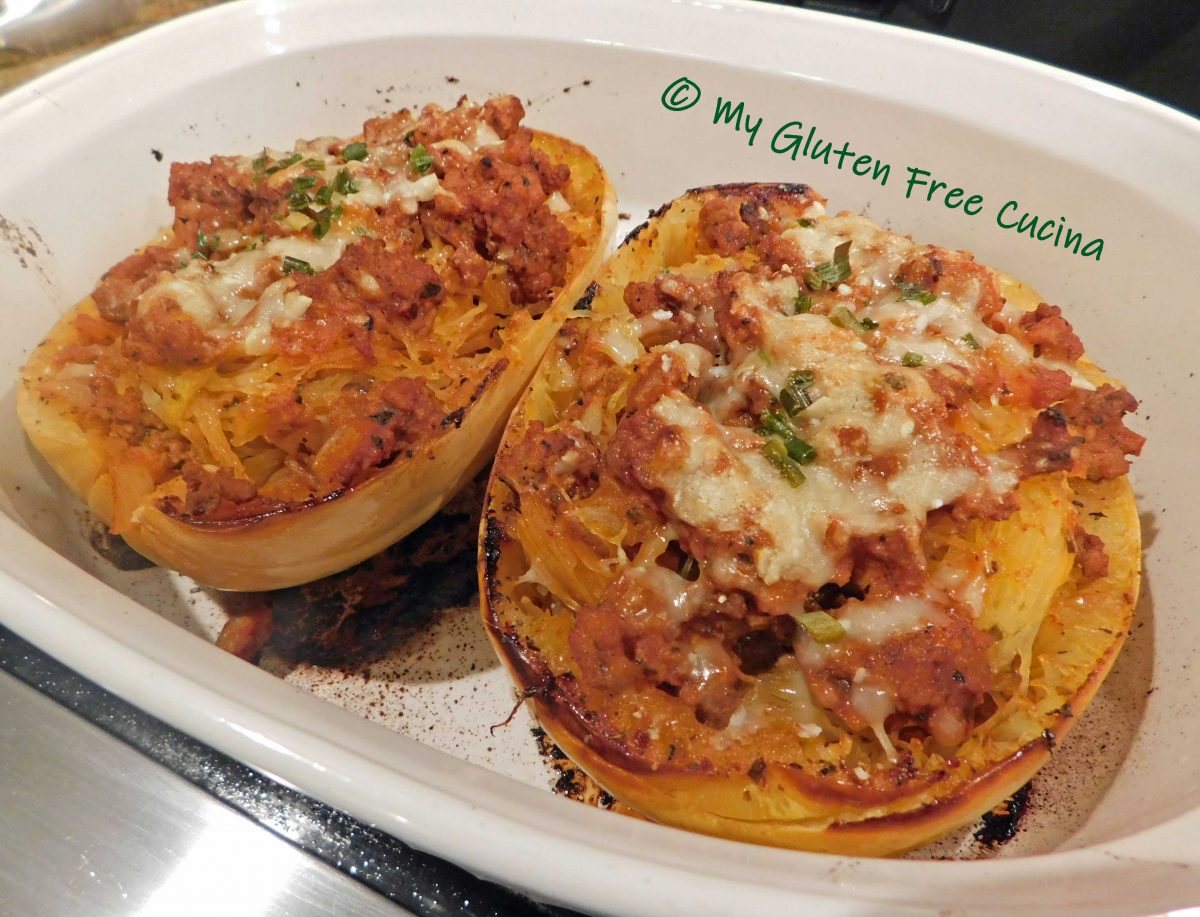

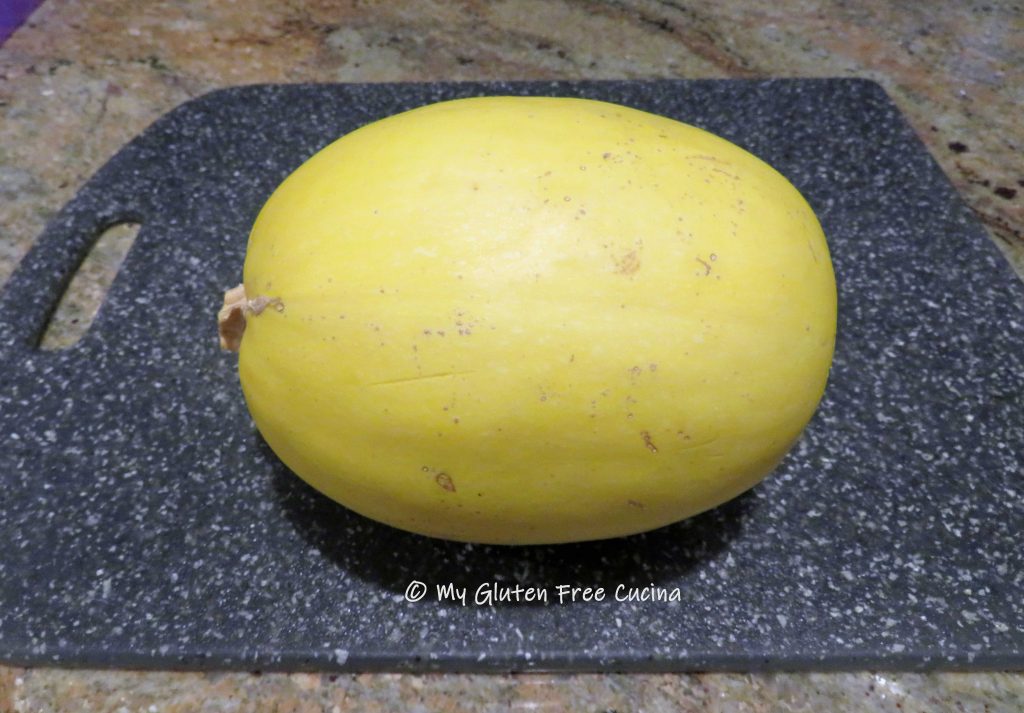


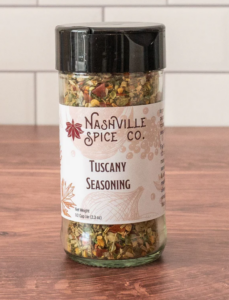
 Scrape out the seeds with a large spoon. Brush each half with about 1 tbsp. of olive oil, and sprinkle generously with Italian seasoning.
Scrape out the seeds with a large spoon. Brush each half with about 1 tbsp. of olive oil, and sprinkle generously with Italian seasoning. Place the two halves cut side down on a parchment lined
Place the two halves cut side down on a parchment lined 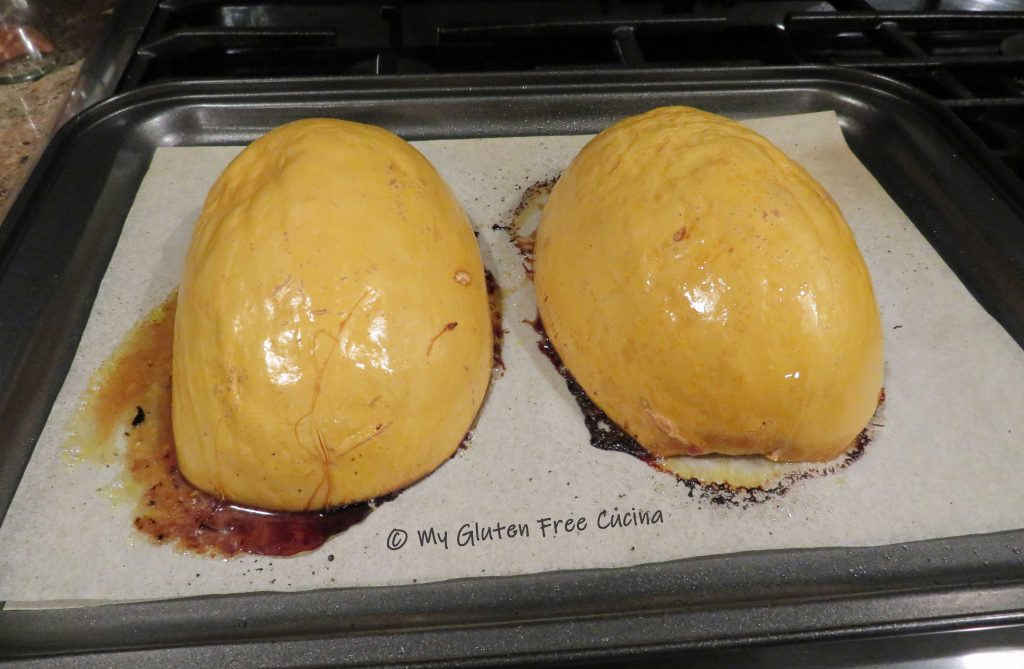 While the squash is baking make the meat sauce.
While the squash is baking make the meat sauce. Heat a
Heat a  When the beef has browned, stir in the onions, followed by the garlic, carrots and mushrooms. Sprinkle with Italian seasoning and fresh ground black pepper. Continue cooking 3-4 minutes, stirring frequently to help the liquid evaporate.
When the beef has browned, stir in the onions, followed by the garlic, carrots and mushrooms. Sprinkle with Italian seasoning and fresh ground black pepper. Continue cooking 3-4 minutes, stirring frequently to help the liquid evaporate.



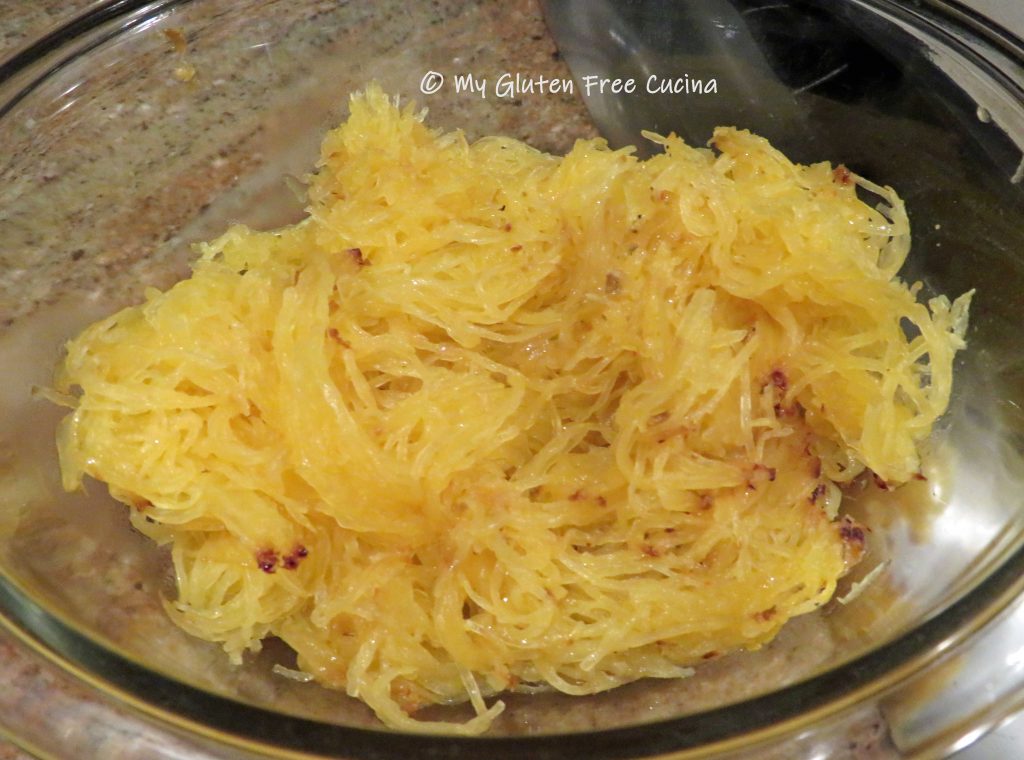 Toss with half of the meat sauce and spoon the mixture back into the squash shells.
Toss with half of the meat sauce and spoon the mixture back into the squash shells. Top with more sauce, grated cheese and herbs. Return to the oven for another 20-30 minutes.
Top with more sauce, grated cheese and herbs. Return to the oven for another 20-30 minutes.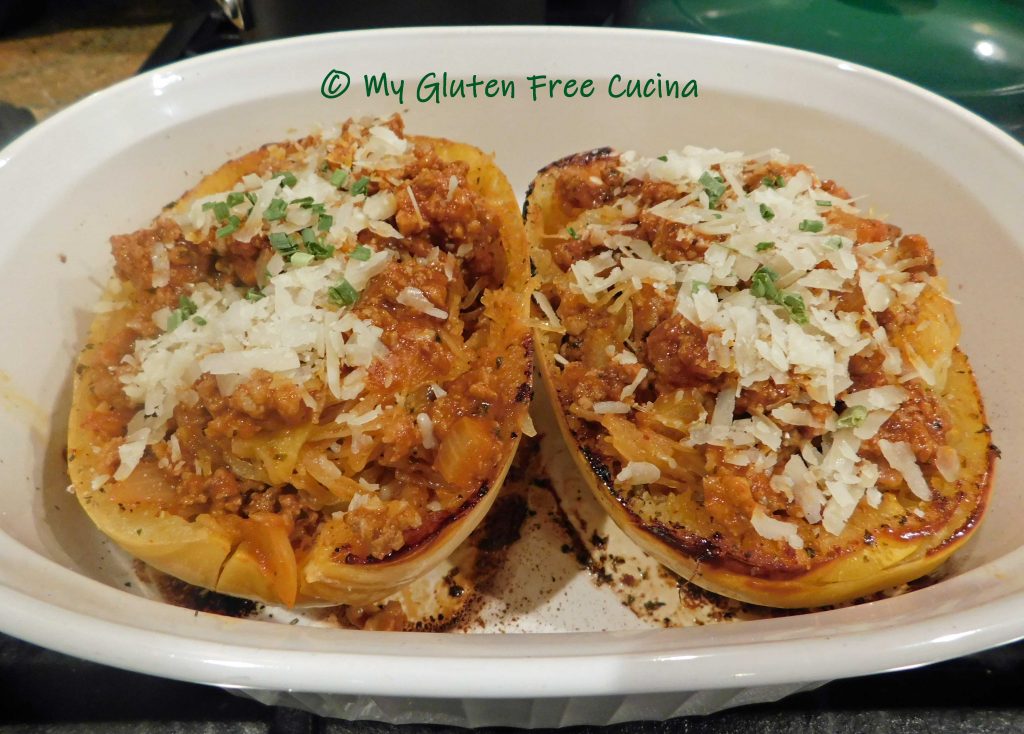 You can finish them off under the broiler for 2-3 minutes to crisp up the edges.
You can finish them off under the broiler for 2-3 minutes to crisp up the edges. Serve in the shell with extra sauce on the side.
Serve in the shell with extra sauce on the side.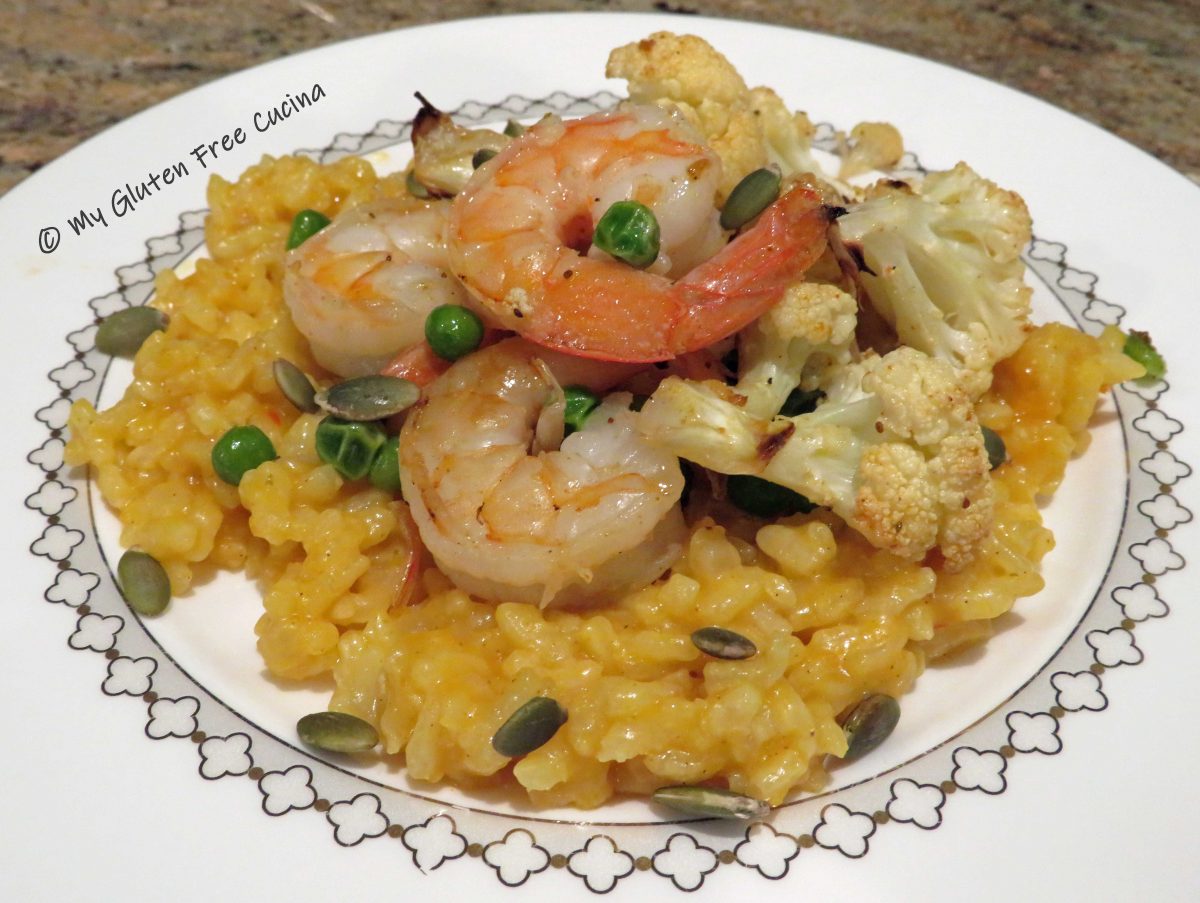


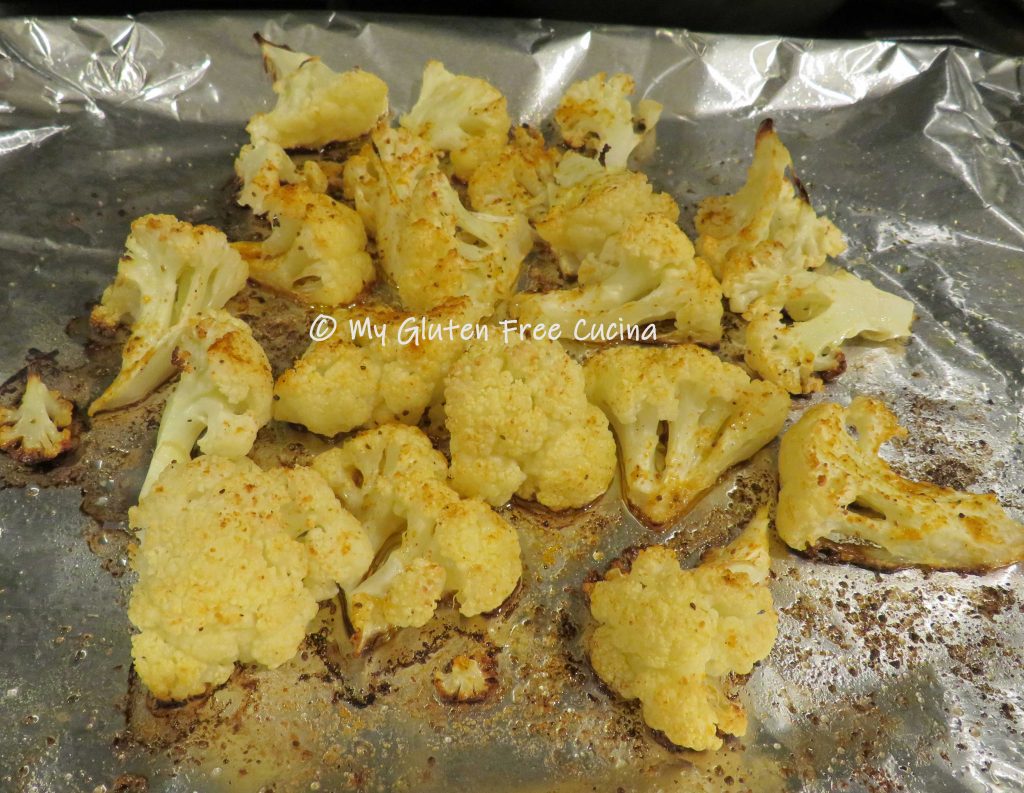

 Add the roasted cauliflower to the skillet.
Add the roasted cauliflower to the skillet. Warm the cooked risotto in a
Warm the cooked risotto in a 
 To plate, make a bed of risotto and top with the shrimp and veggies. Garnish with a few pumpkin seeds.
To plate, make a bed of risotto and top with the shrimp and veggies. Garnish with a few pumpkin seeds.





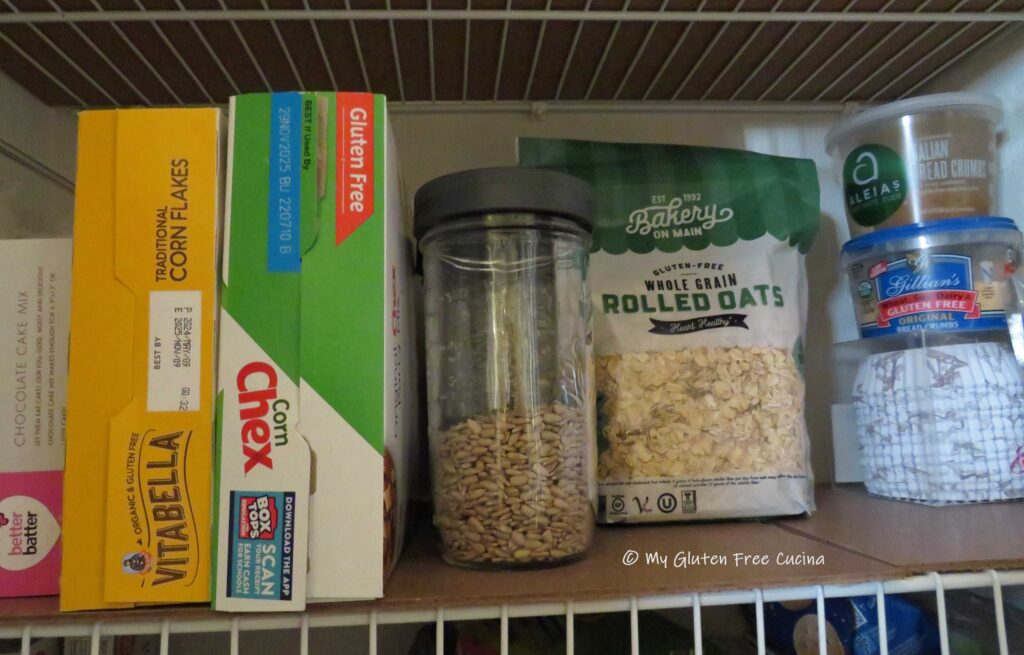

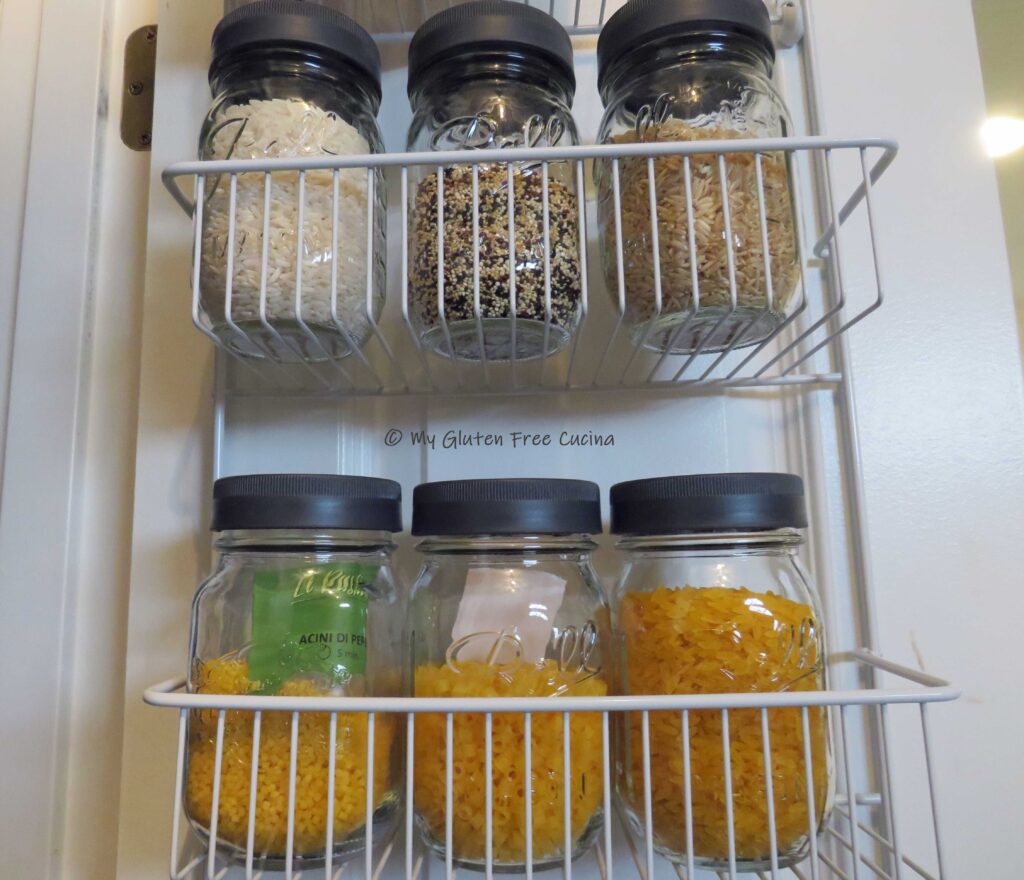

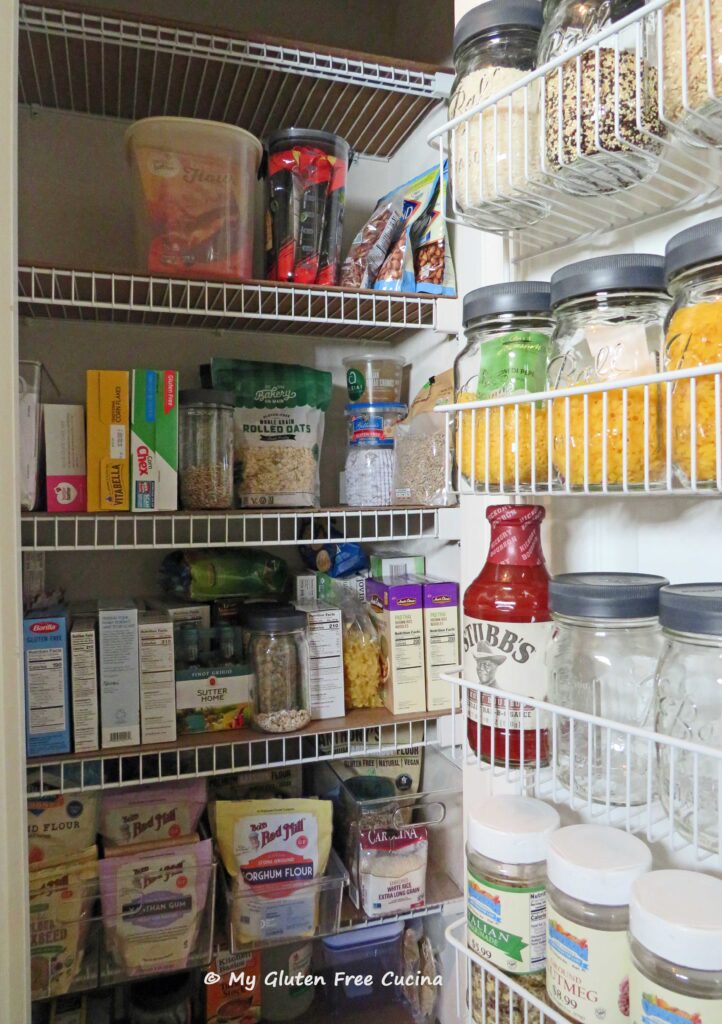
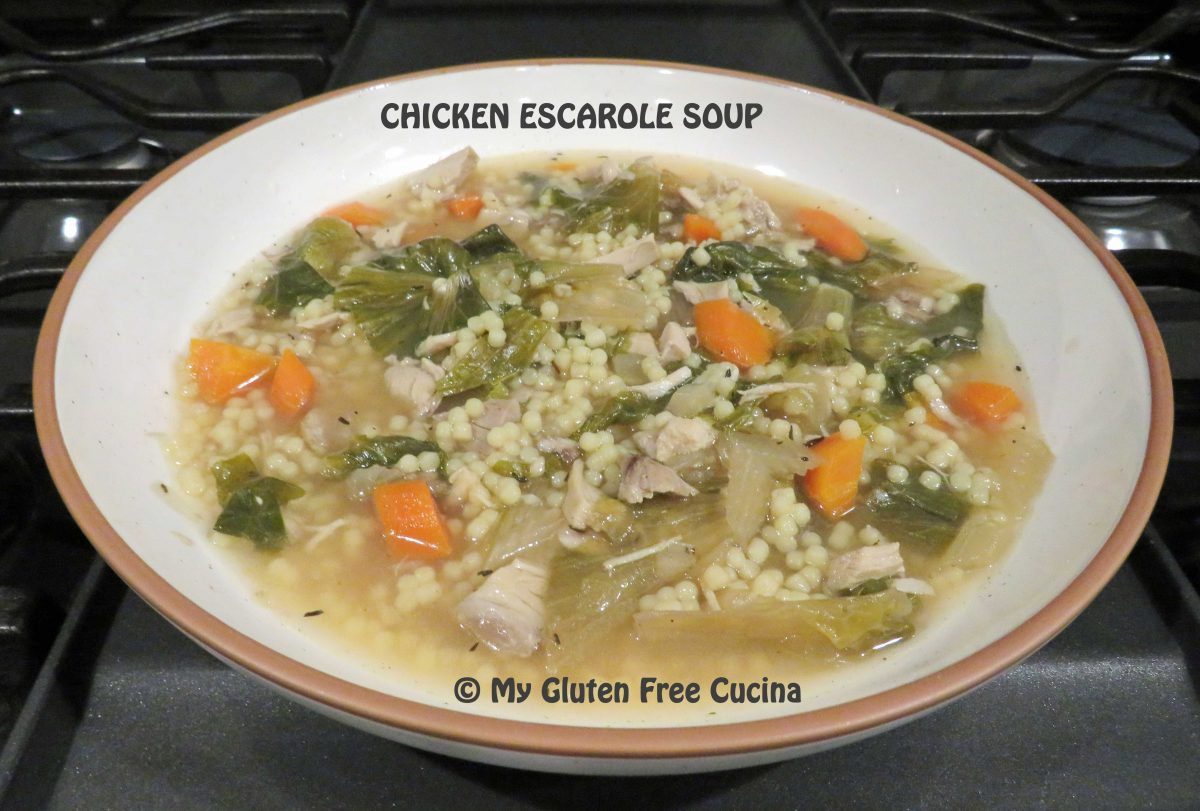



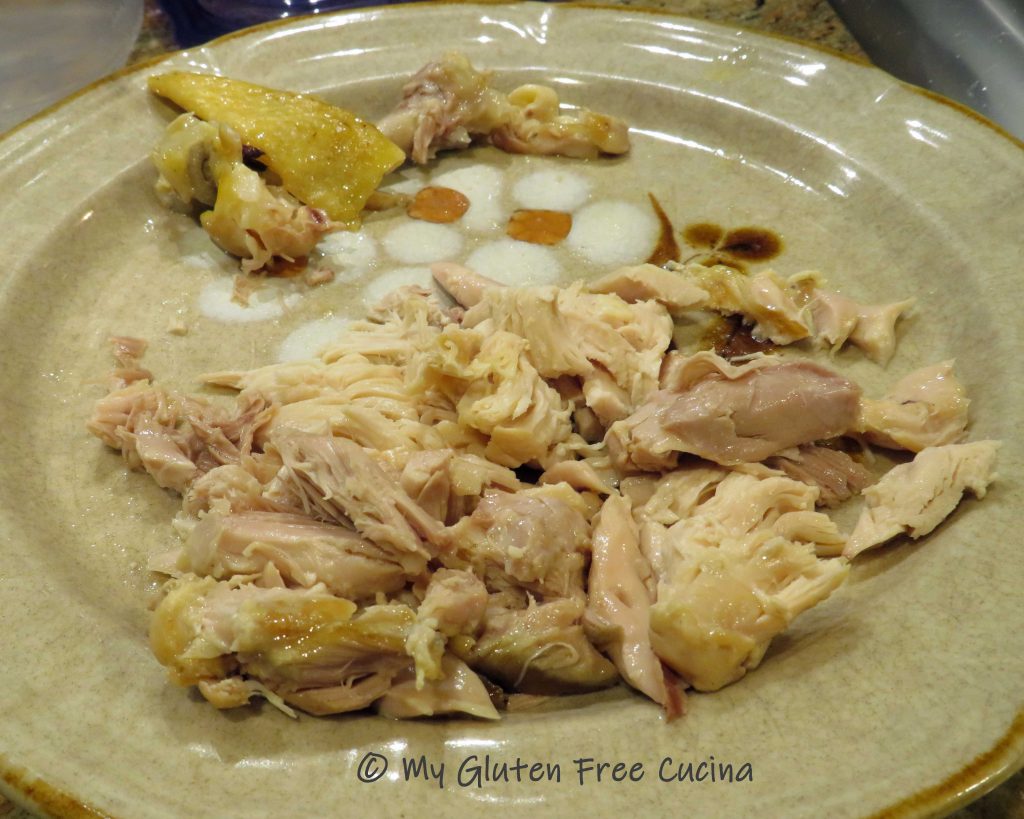
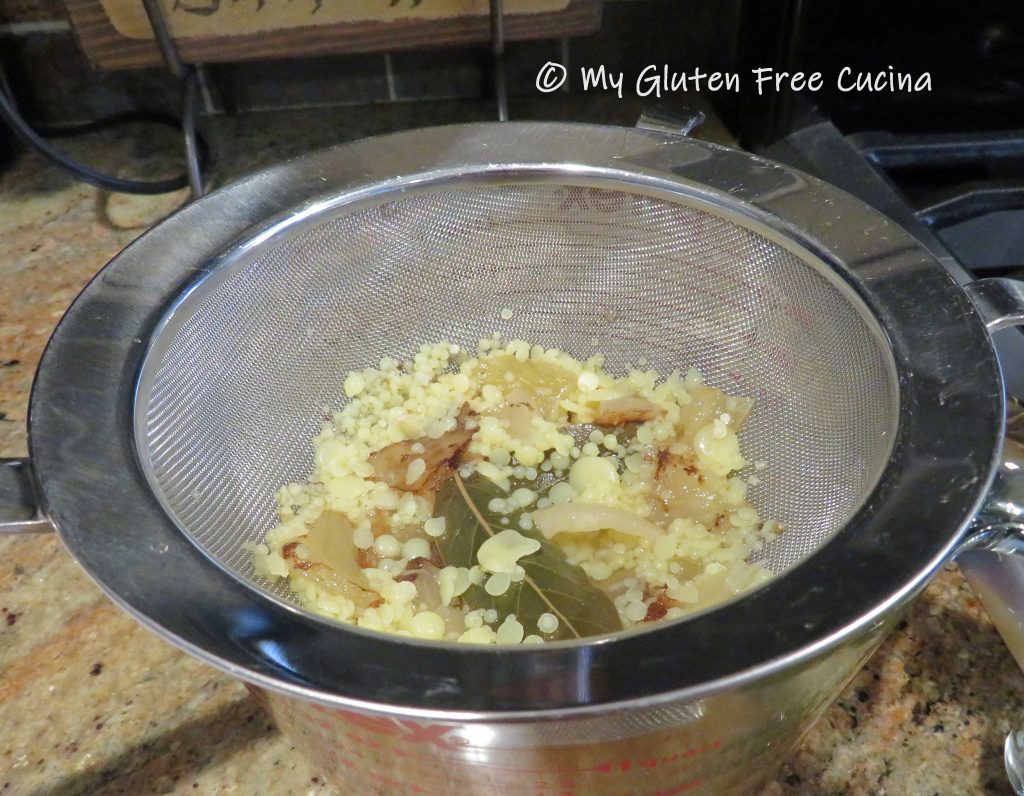
 Dice 6-8 carrots, 6-8 celery stalks, and one large onion. Try to cut the pieces to approximately the same size.
Dice 6-8 carrots, 6-8 celery stalks, and one large onion. Try to cut the pieces to approximately the same size. In a clean stockpot, sauté the vegetables in 1 tbsp. olive oil. Season with salt and pepper.
In a clean stockpot, sauté the vegetables in 1 tbsp. olive oil. Season with salt and pepper.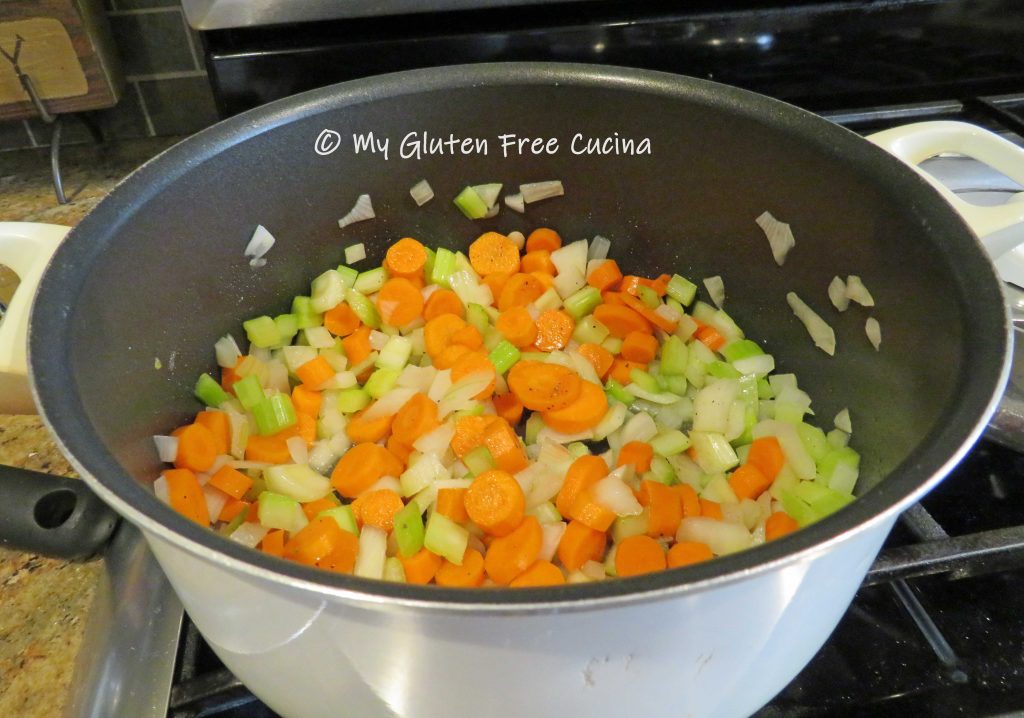

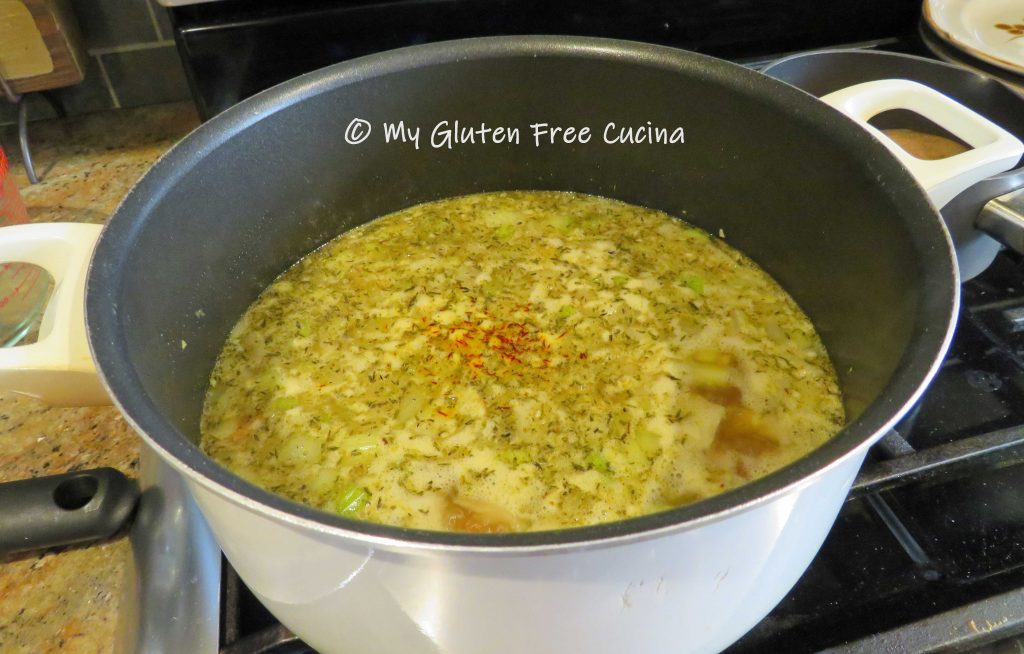 Remove and discard the outer leaves of the escarole, then tear the leaves into large pieces and rinse thoroughly. To this day I can still hear my mother telling me to wash the escarole “leaf by leaf”.
Remove and discard the outer leaves of the escarole, then tear the leaves into large pieces and rinse thoroughly. To this day I can still hear my mother telling me to wash the escarole “leaf by leaf”.
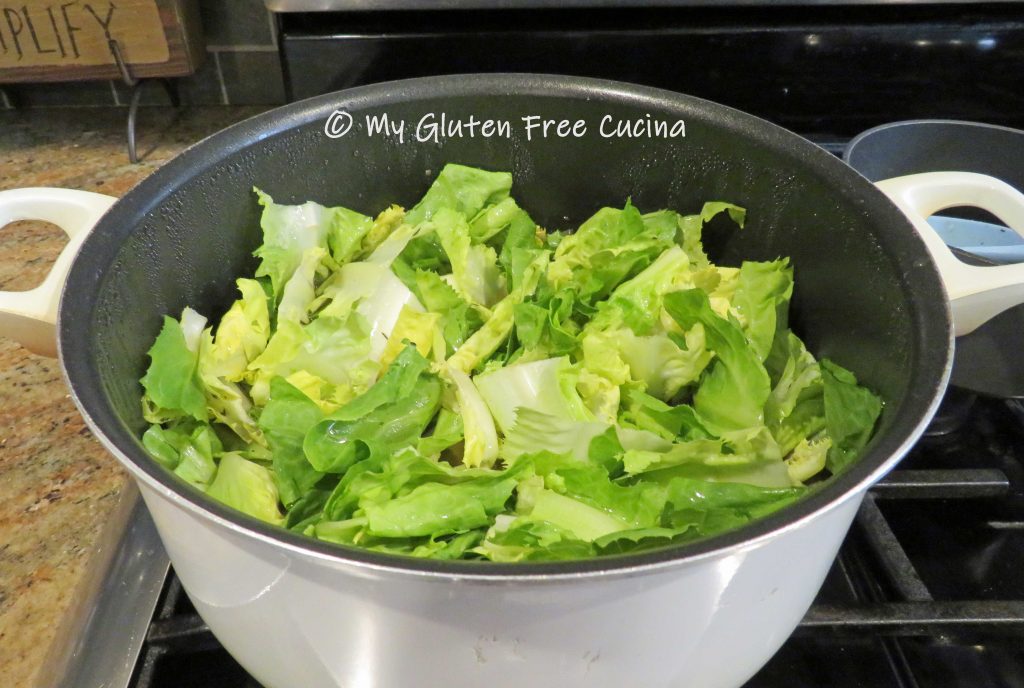 Escarole cooks quickly, and the residual heat is enough to wilt the leaves. Stir well, cover the pot and let it cool to room temperature. Refrigerate overnight.
Escarole cooks quickly, and the residual heat is enough to wilt the leaves. Stir well, cover the pot and let it cool to room temperature. Refrigerate overnight.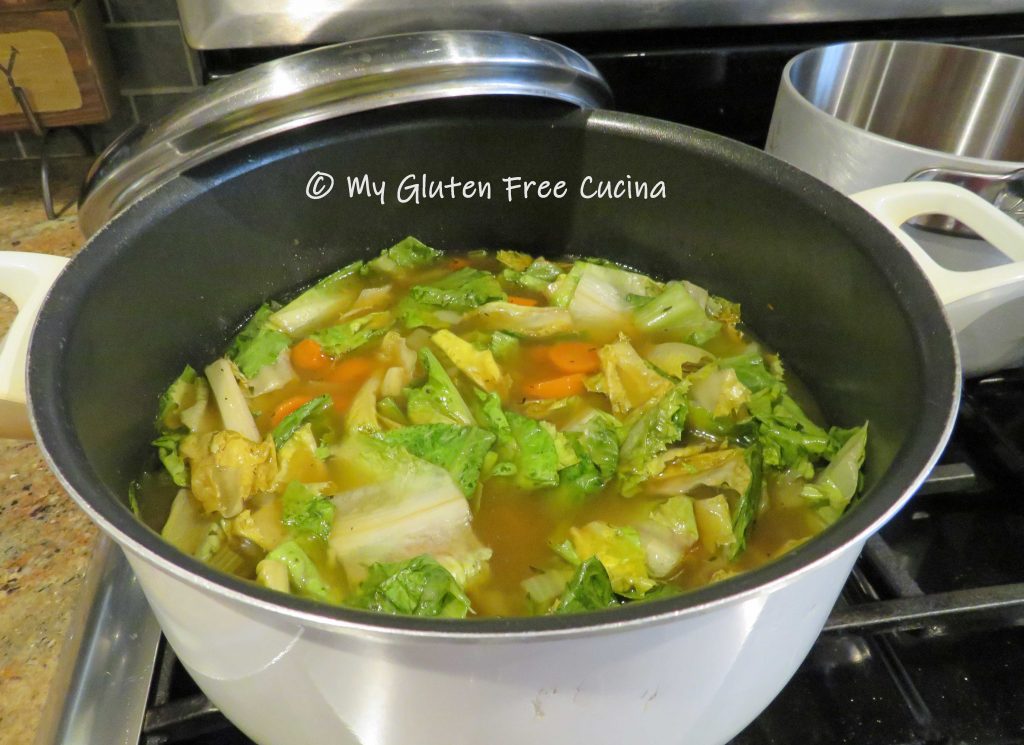
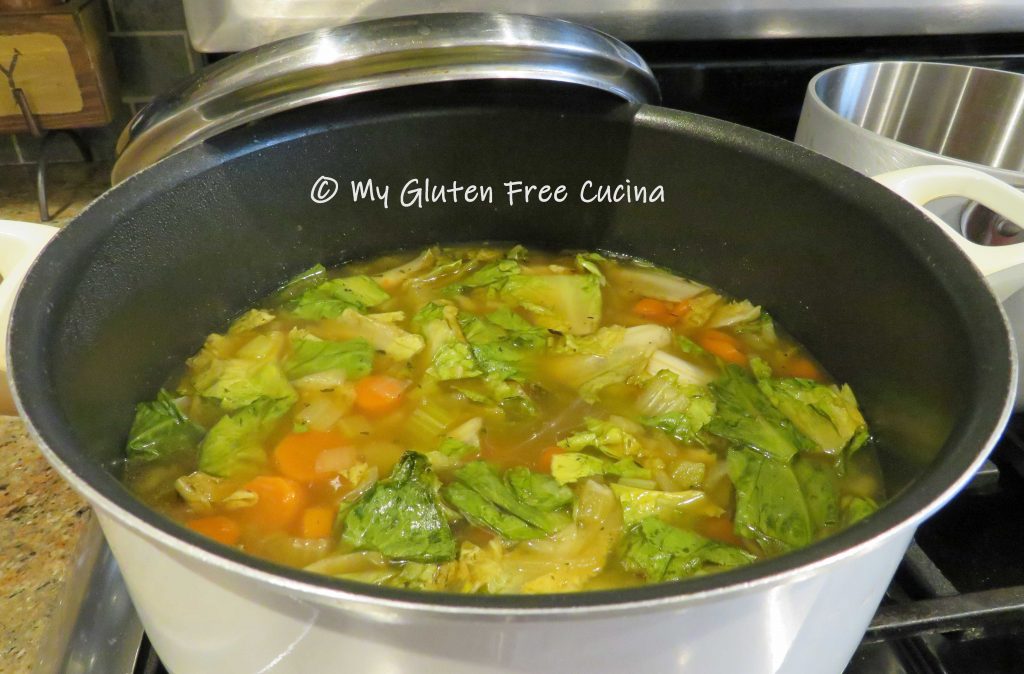





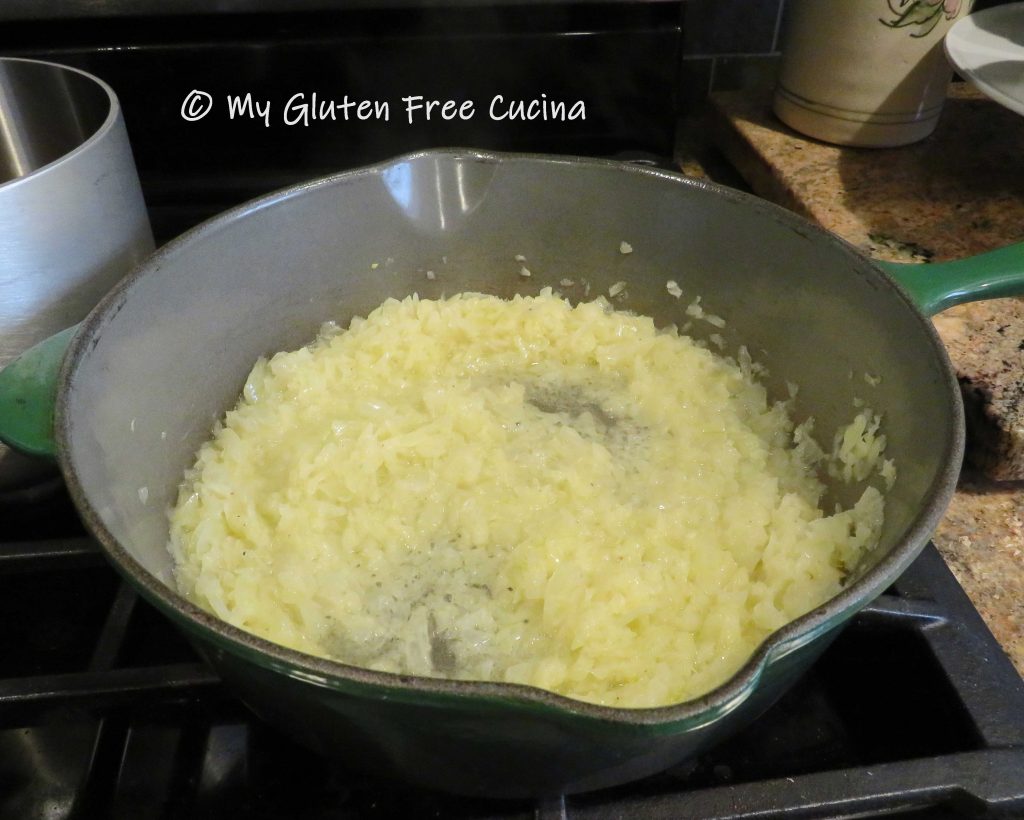 Have the corn starch, broth and a whisk ready for the next step. Sprinkle the corn starch evenly over the onions and whisk whisk whisk for 1-2 minutes. Don’t stop!
Have the corn starch, broth and a whisk ready for the next step. Sprinkle the corn starch evenly over the onions and whisk whisk whisk for 1-2 minutes. Don’t stop!
 Stream in the warmed broth and continue whisking. The gravy will thicken.
Stream in the warmed broth and continue whisking. The gravy will thicken.
 See how the onions have almost melted into the gravy? If you don’t want the little bits of onion that remain you can strain the gravy or puree it with an immersion blender. If you like a little texture definitely leave them in.
See how the onions have almost melted into the gravy? If you don’t want the little bits of onion that remain you can strain the gravy or puree it with an immersion blender. If you like a little texture definitely leave them in. Transfer the gravy to a small sauce pan, then stir in the brandy and cream. Cover and keep warm until serving.
Transfer the gravy to a small sauce pan, then stir in the brandy and cream. Cover and keep warm until serving.
